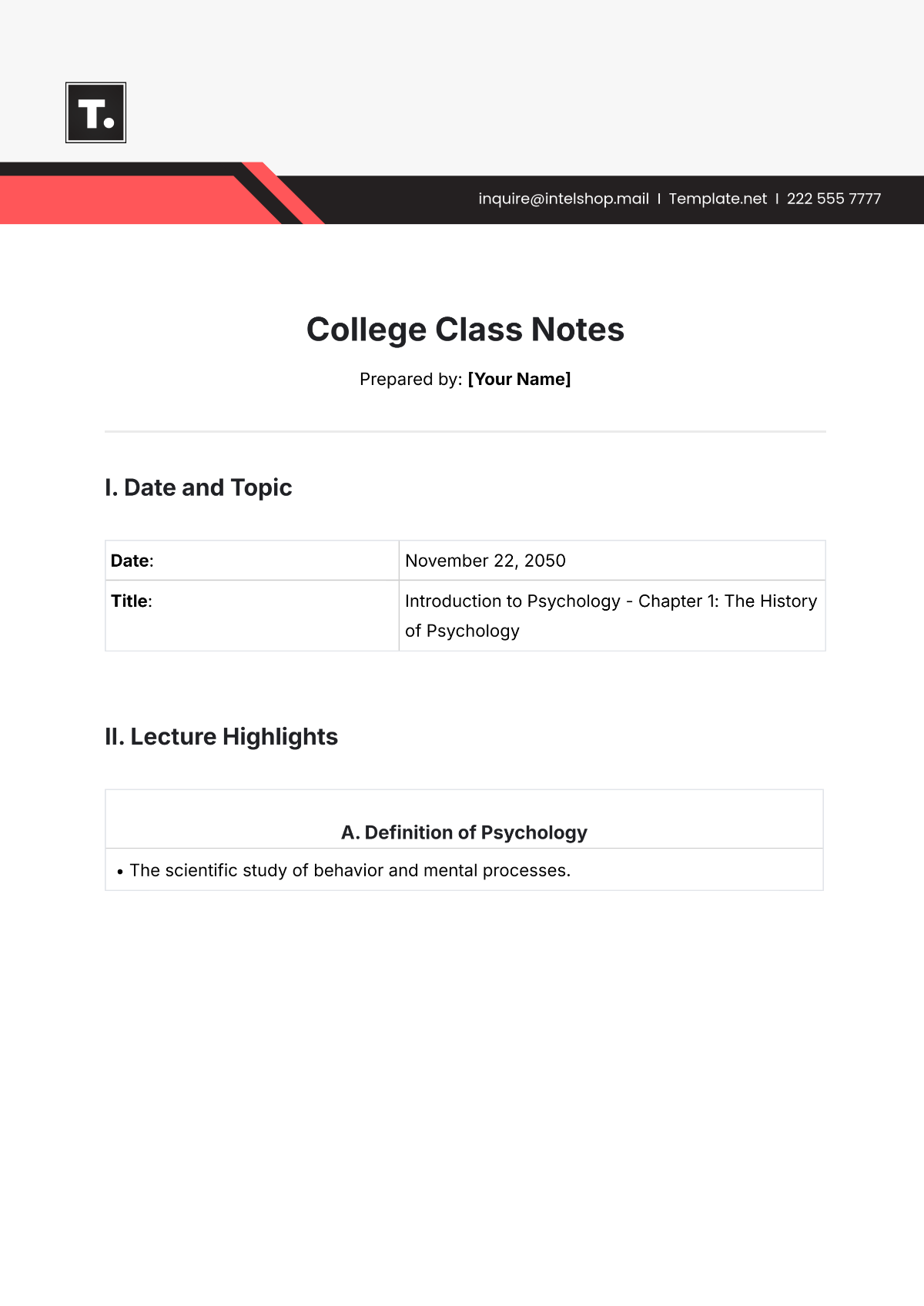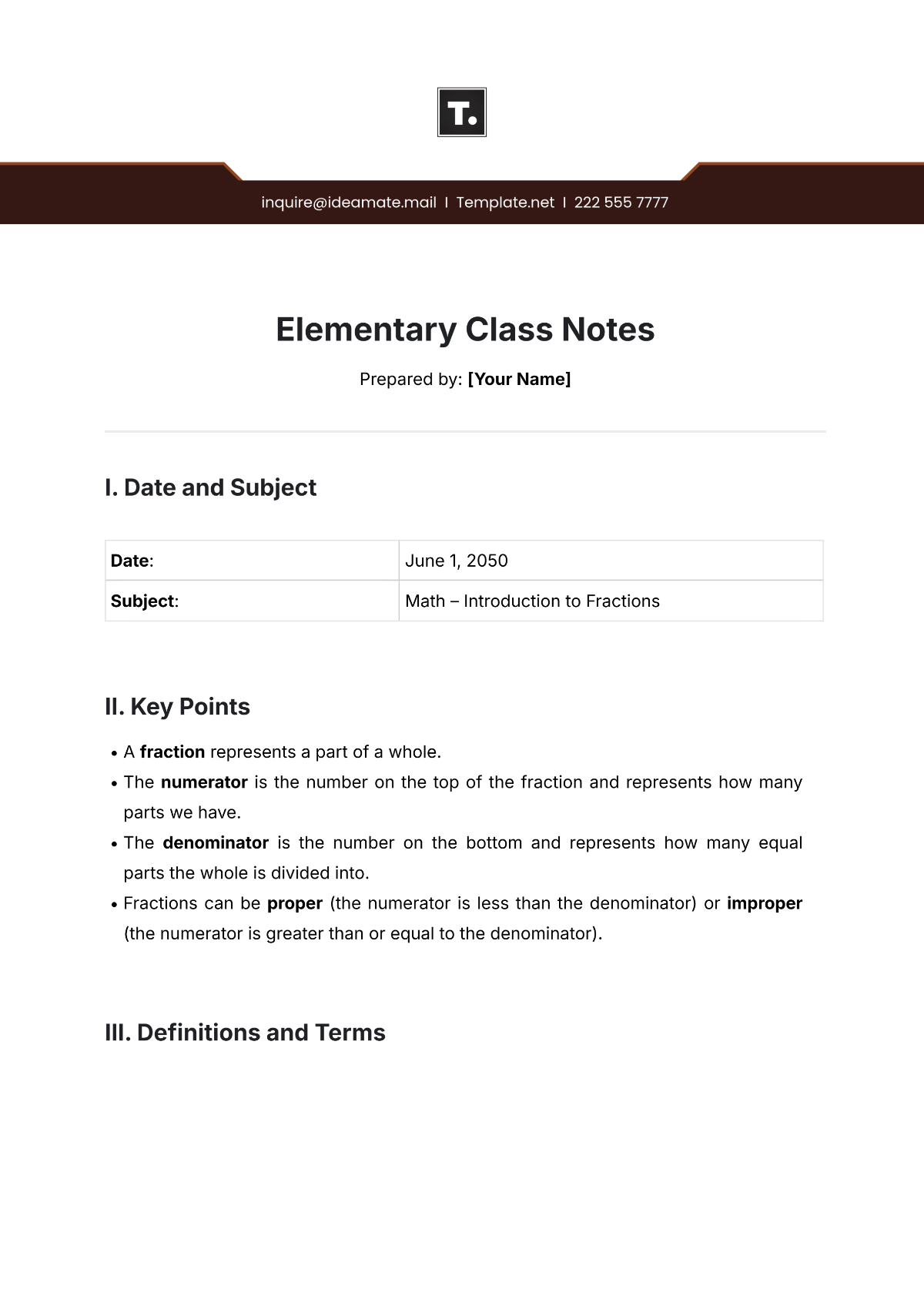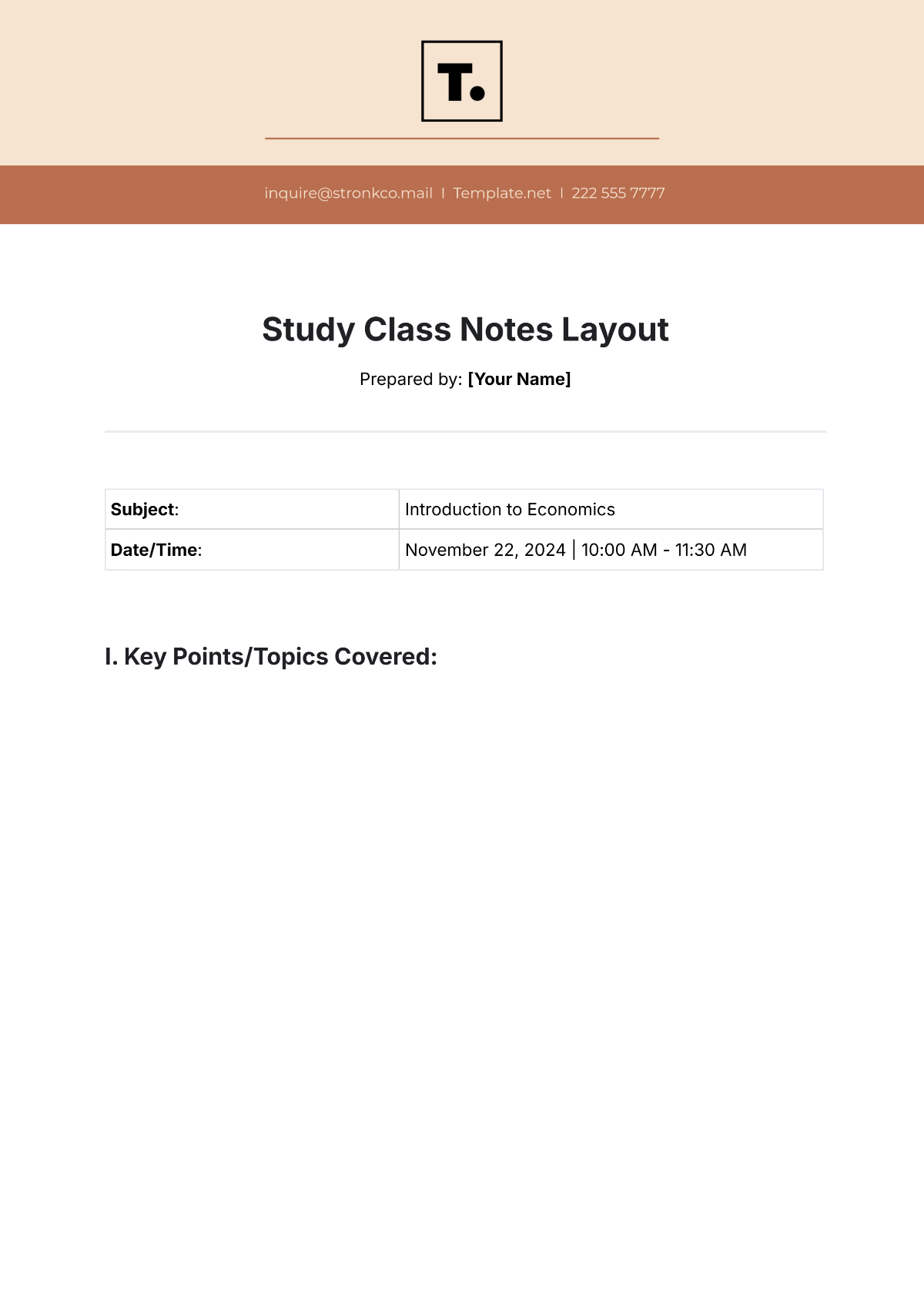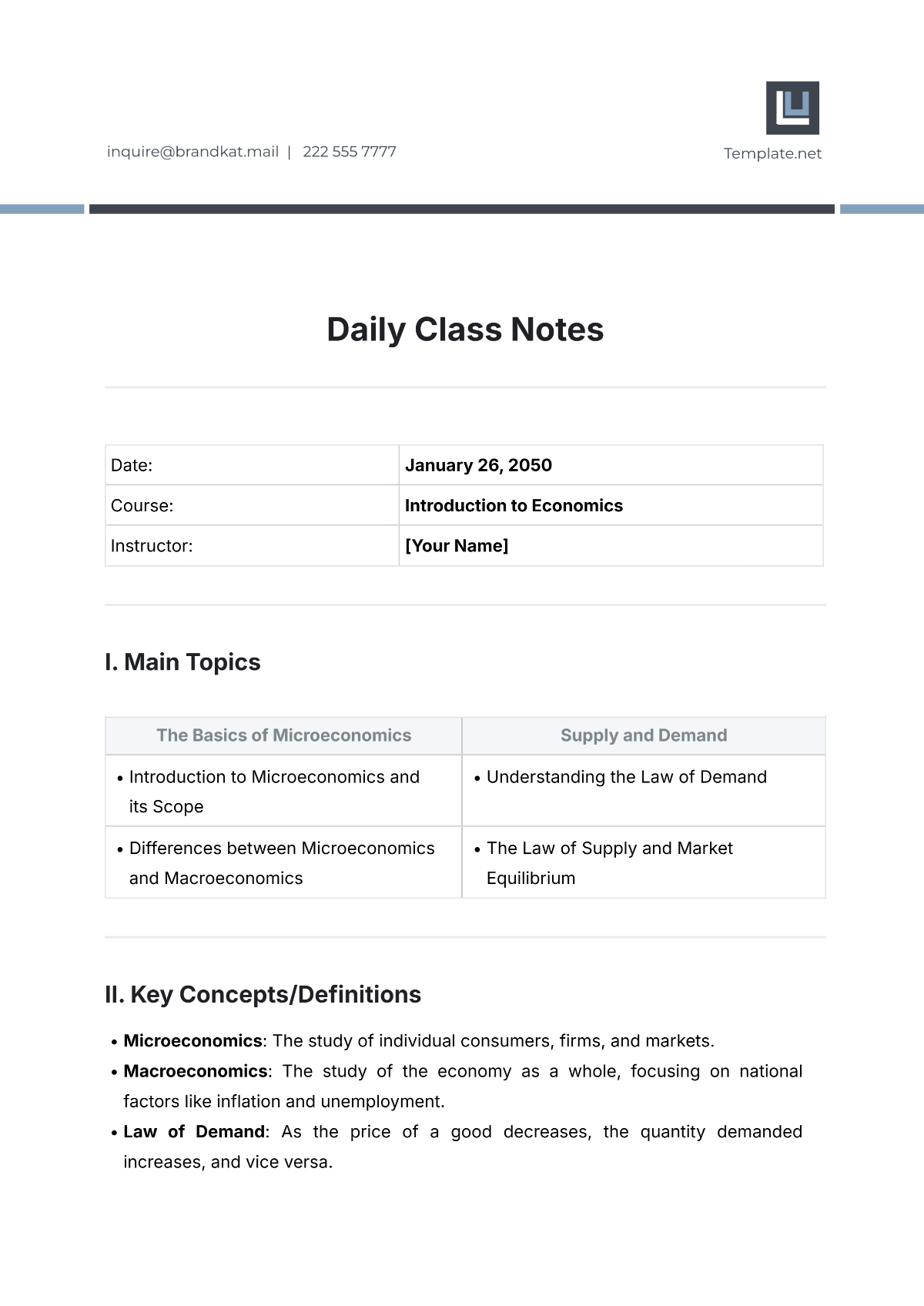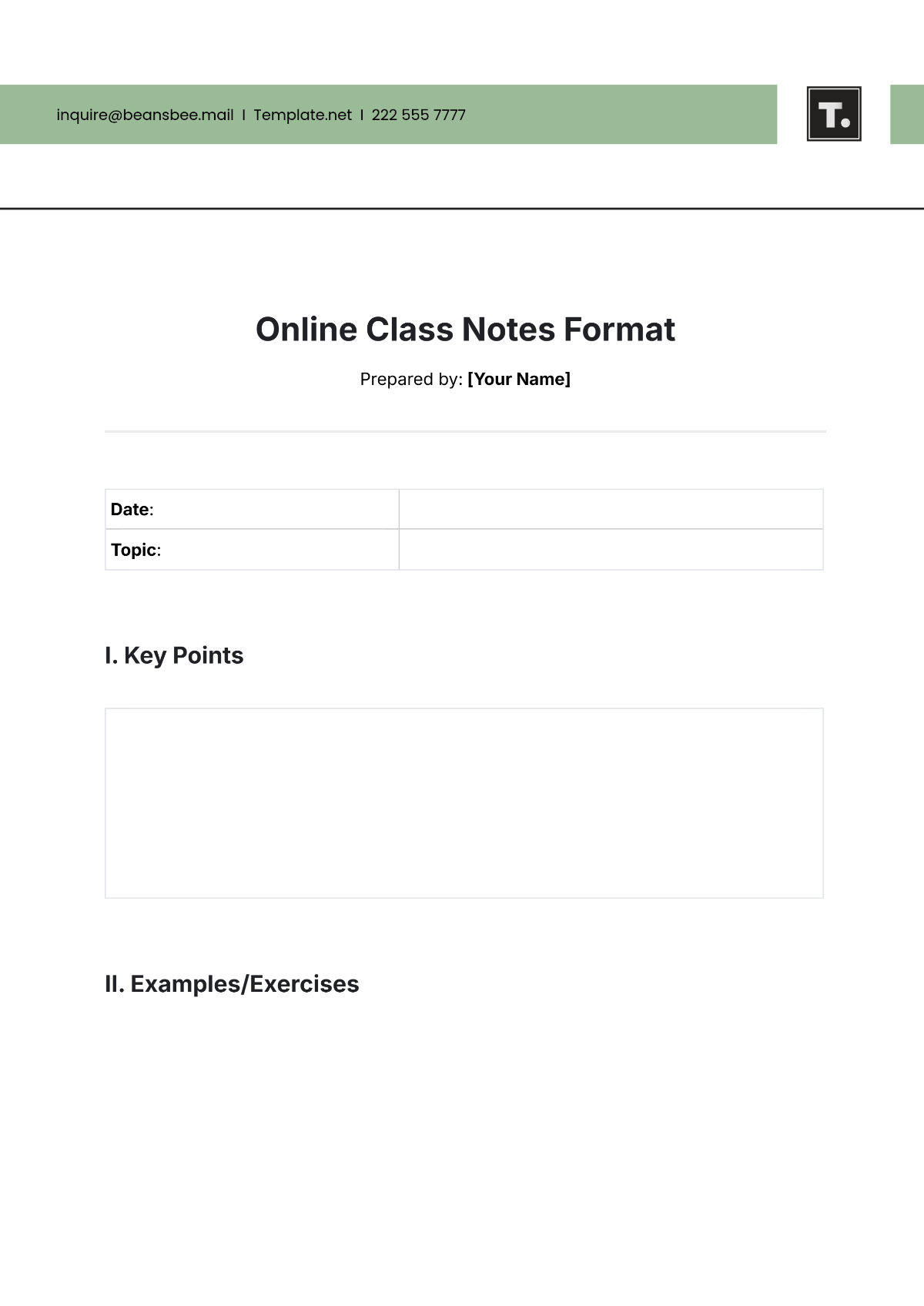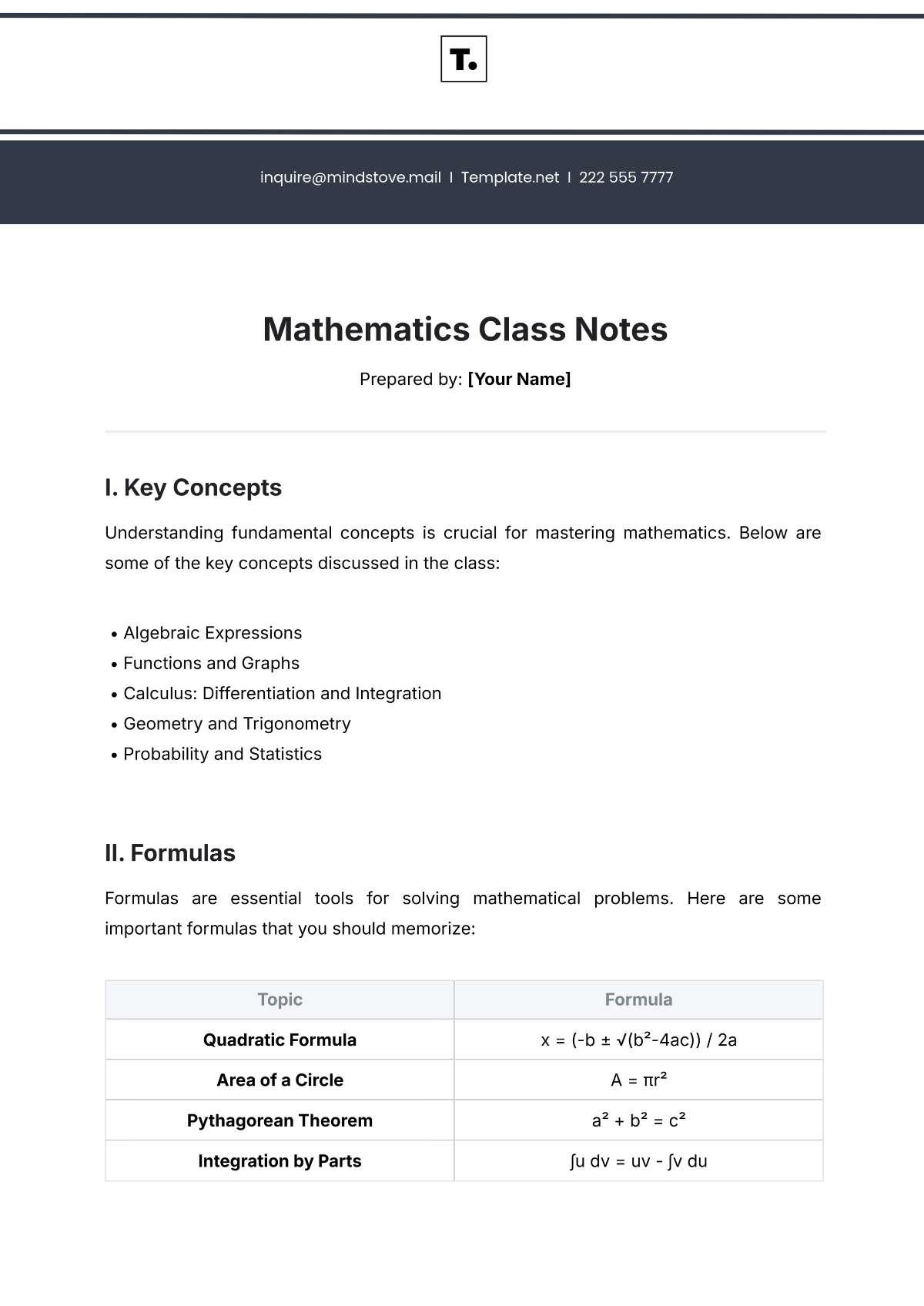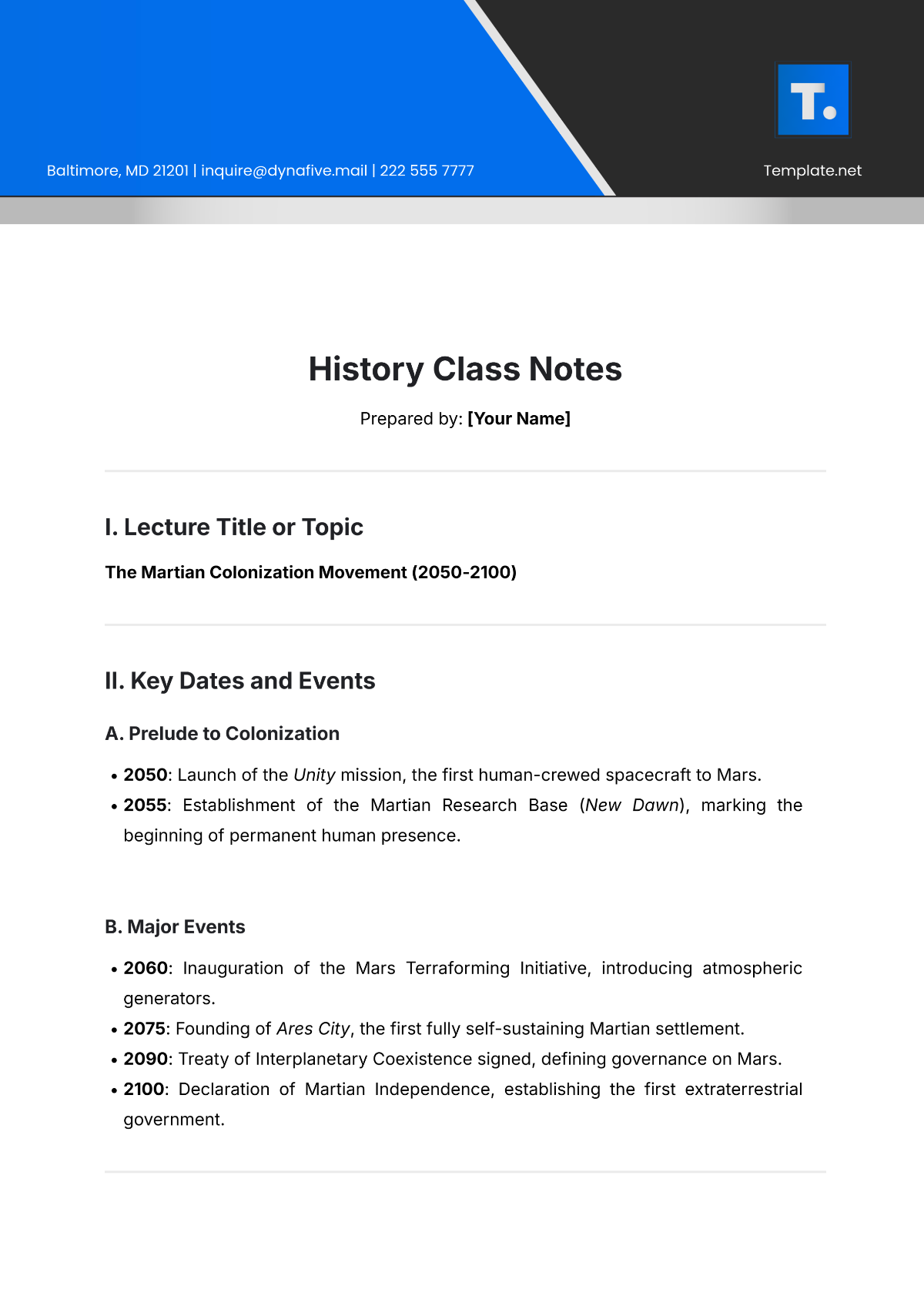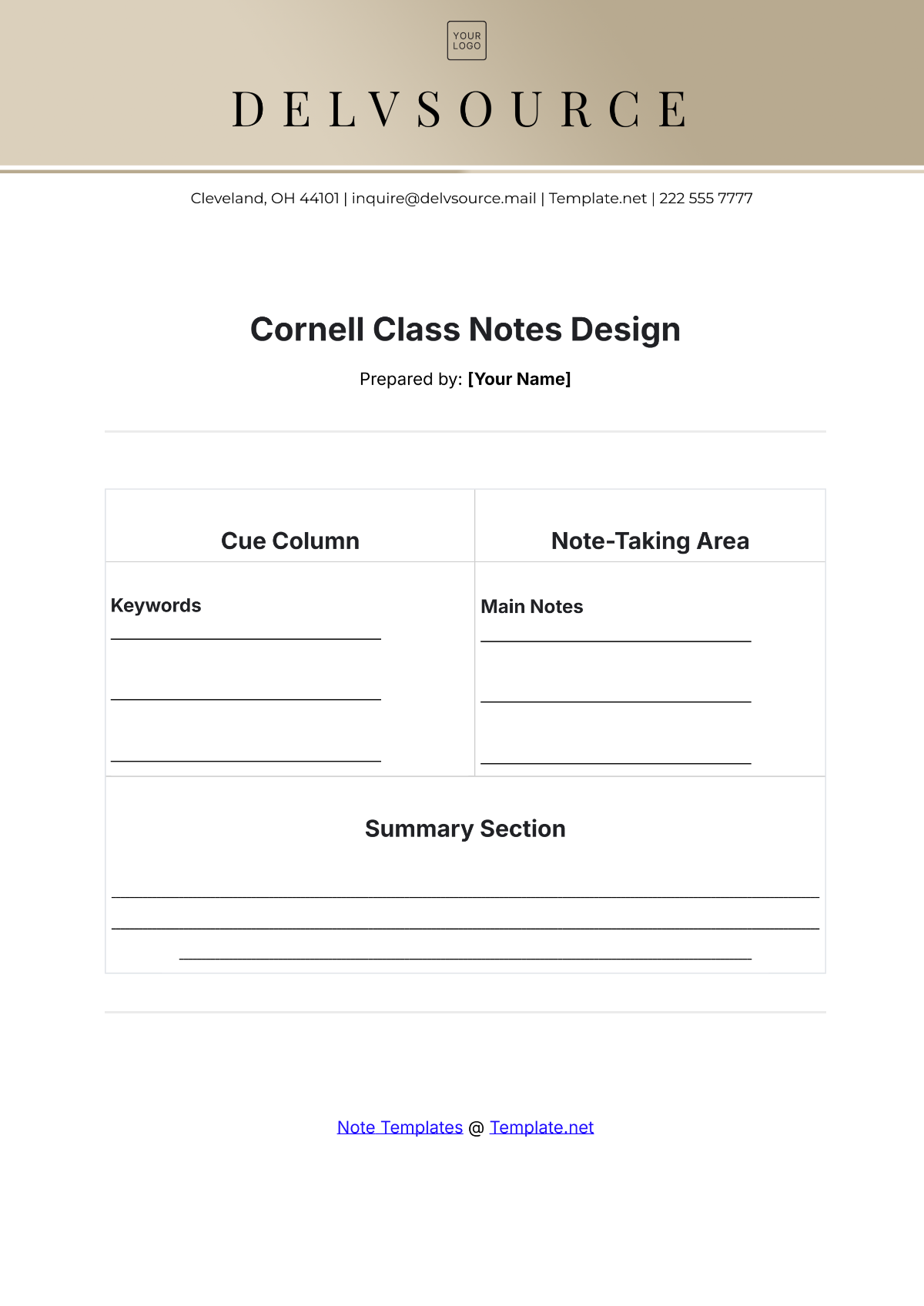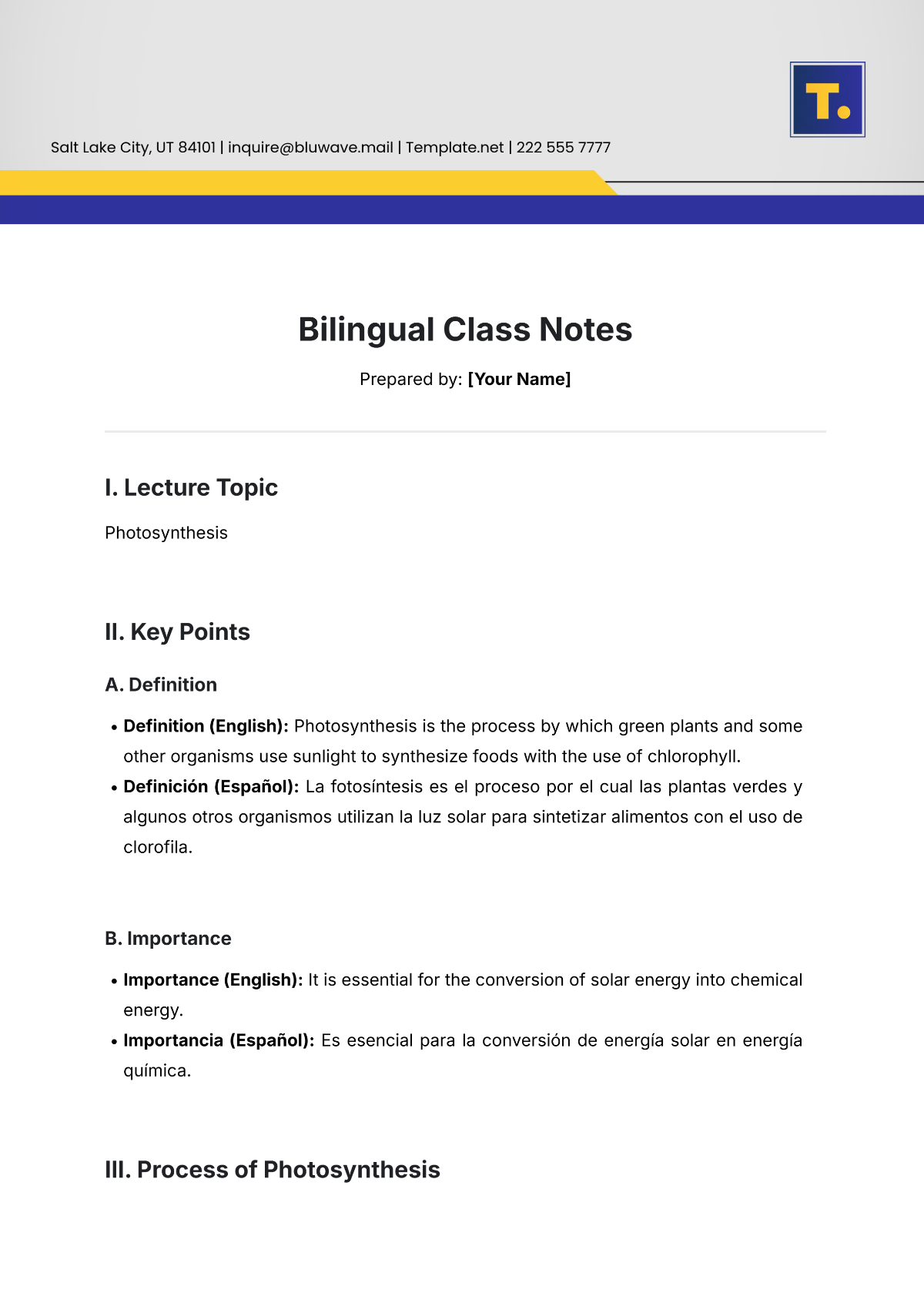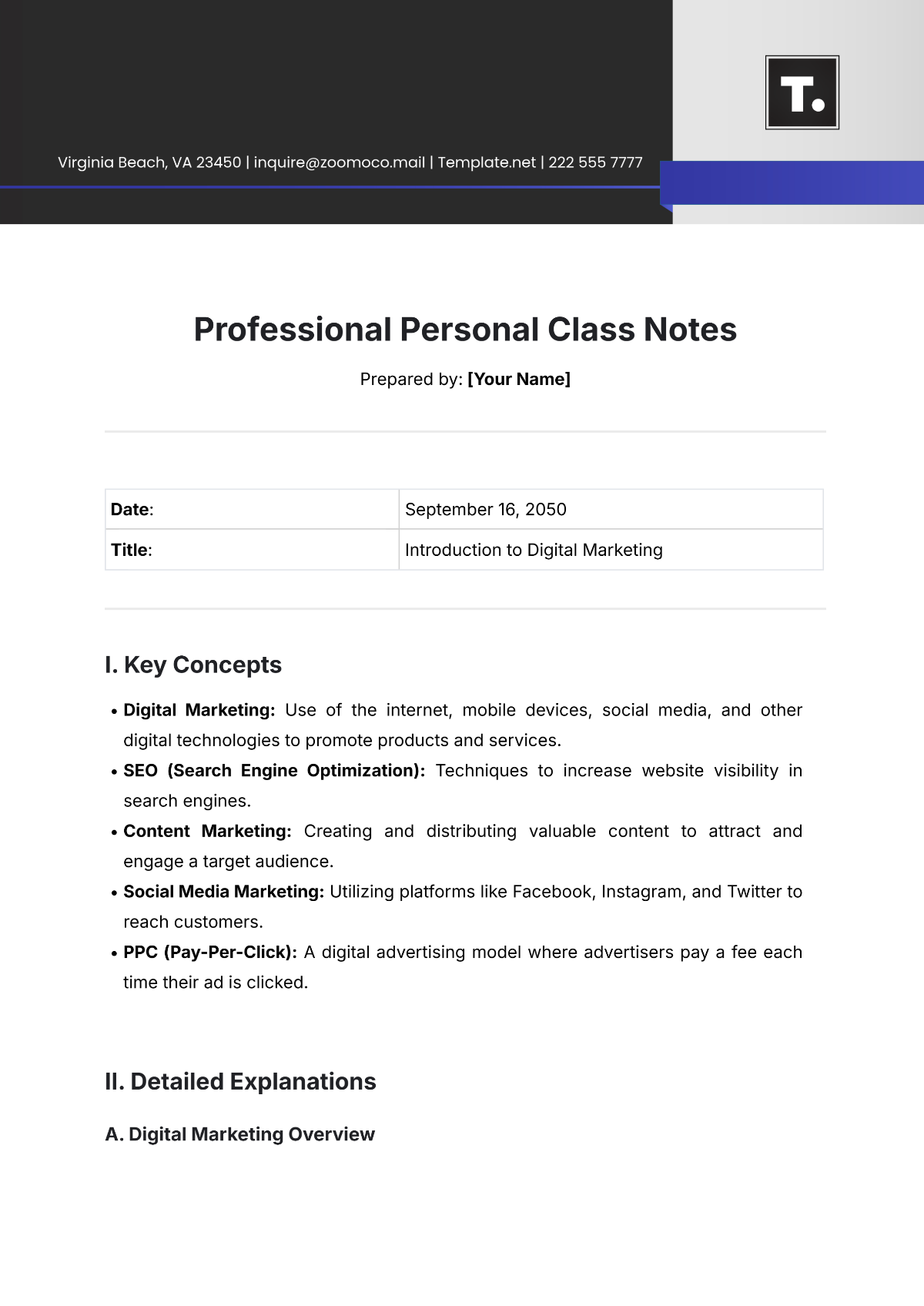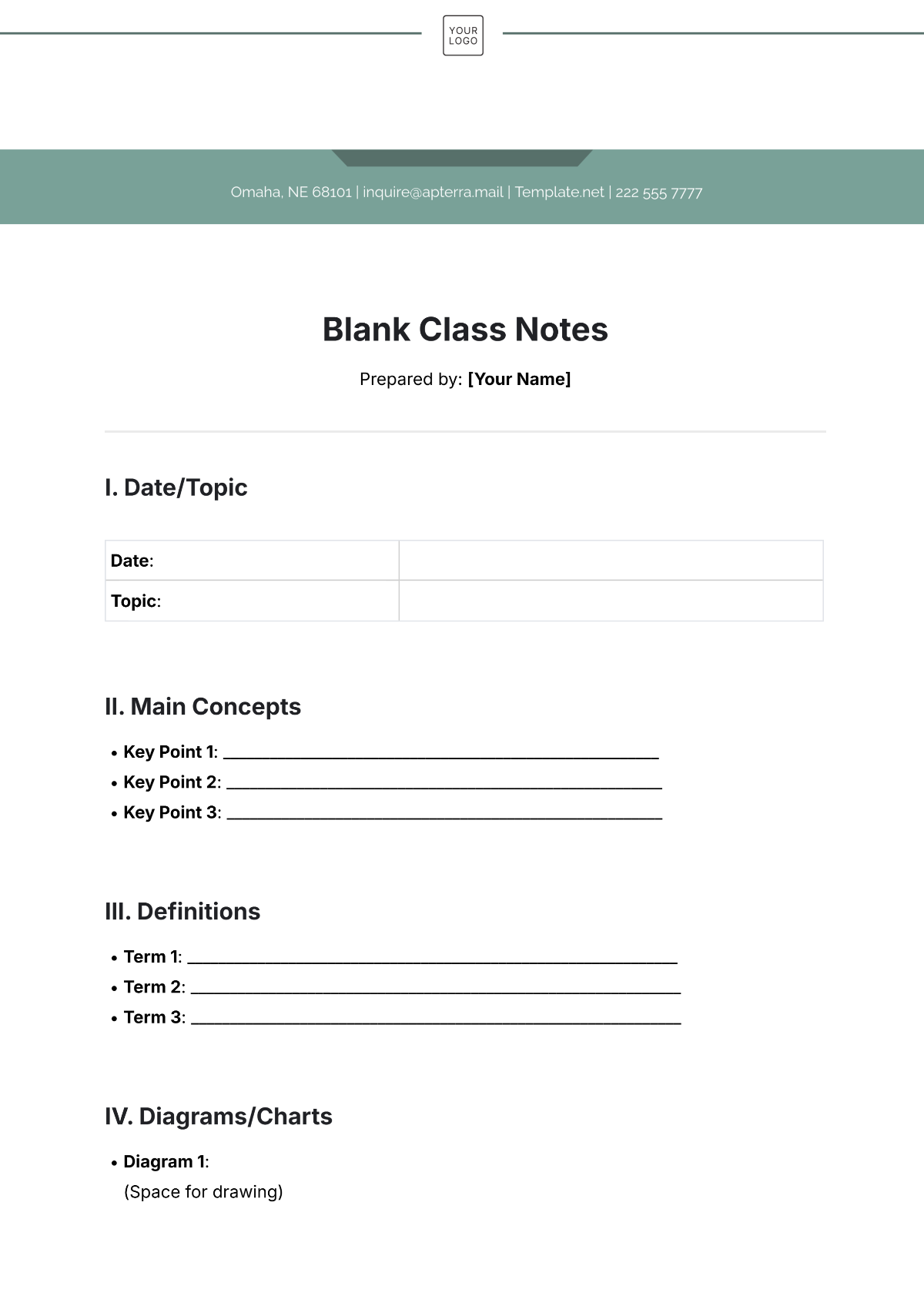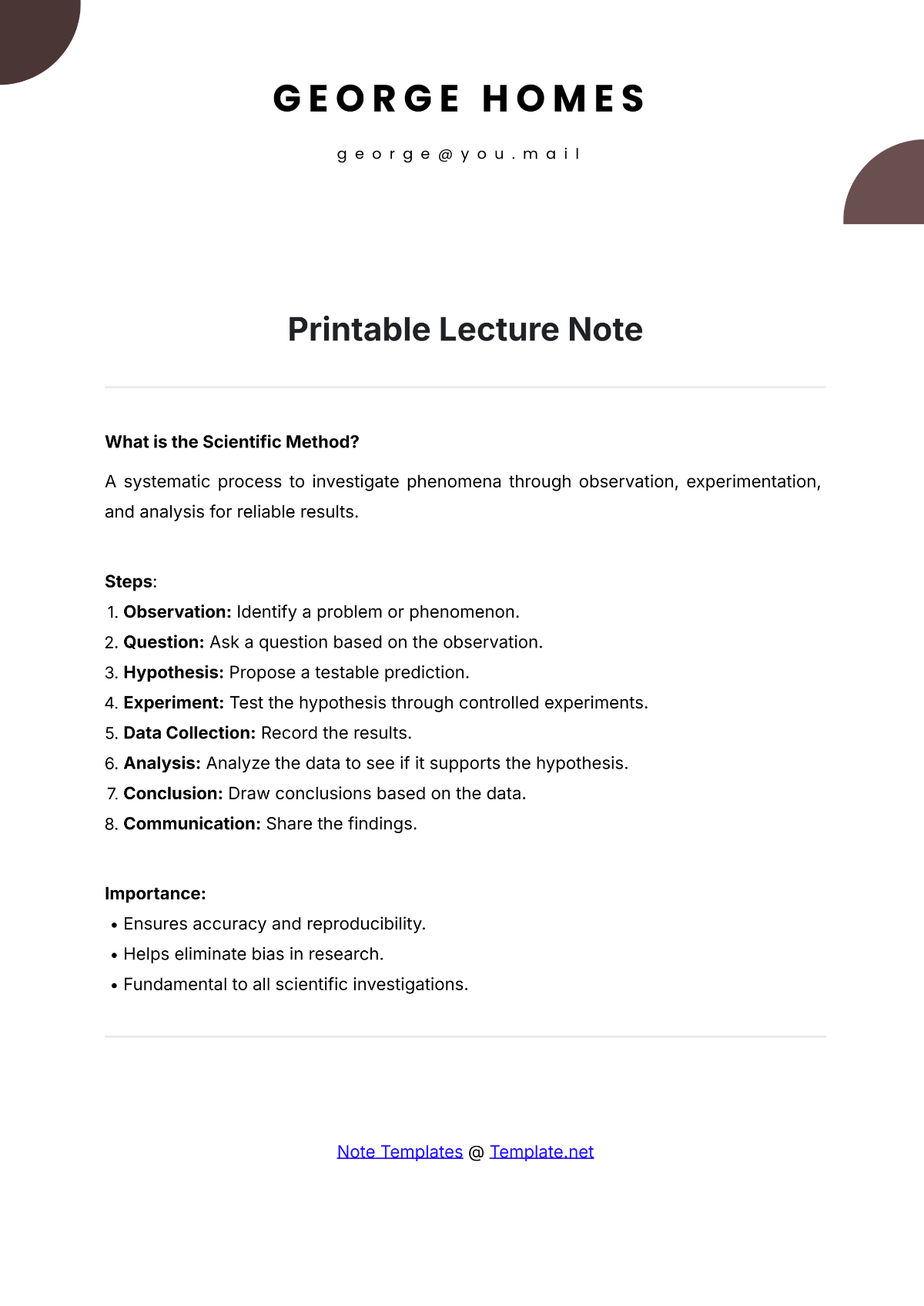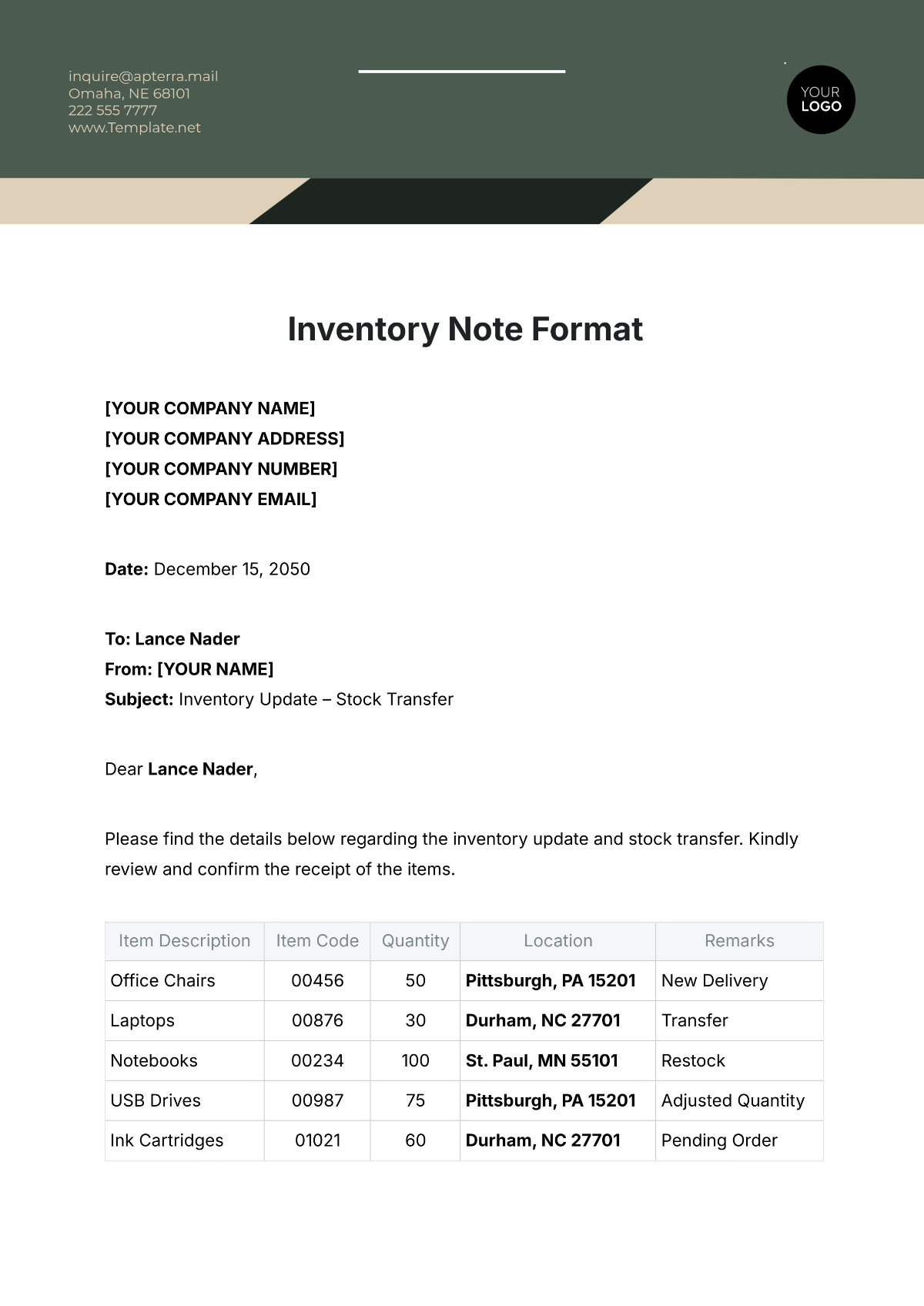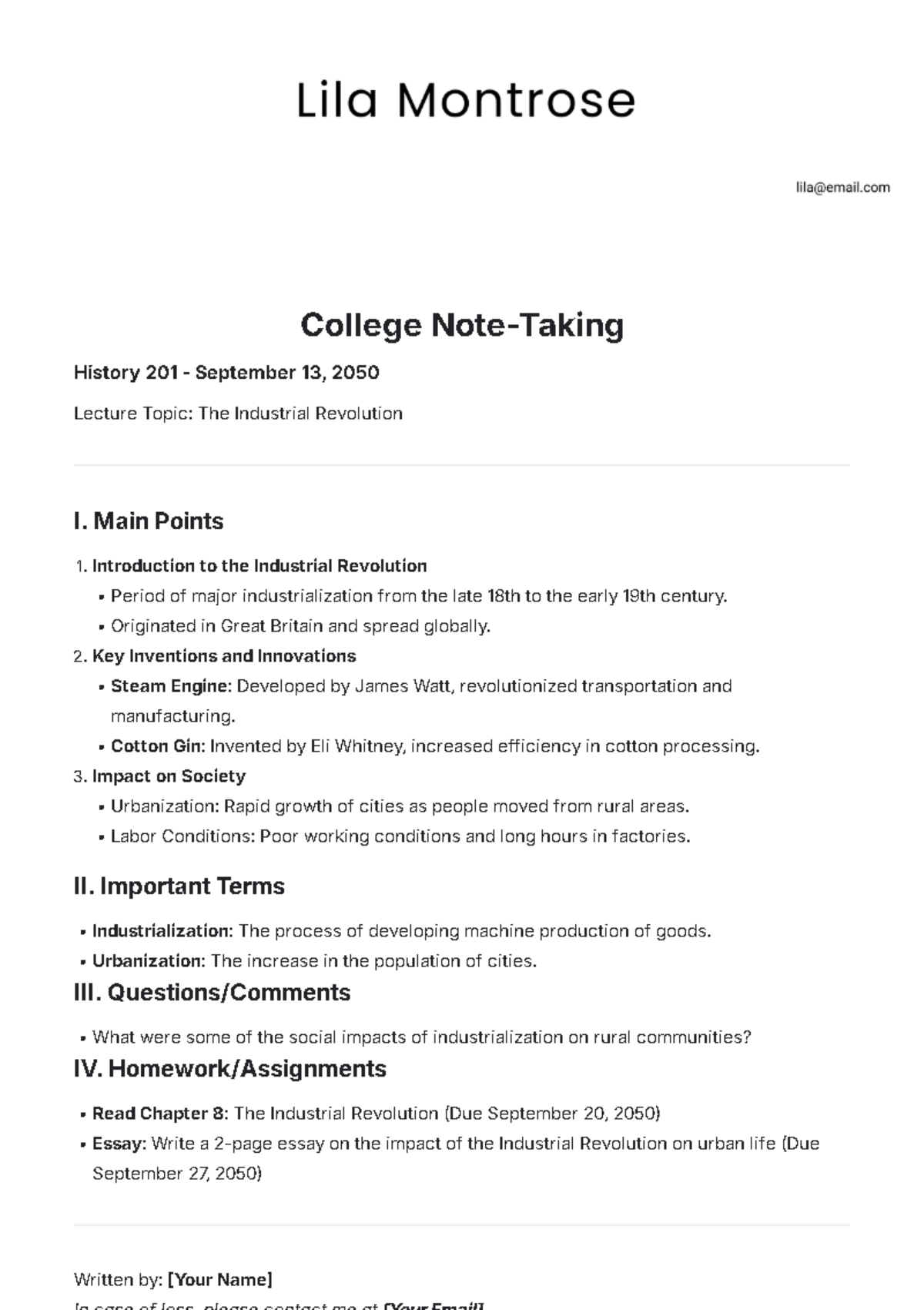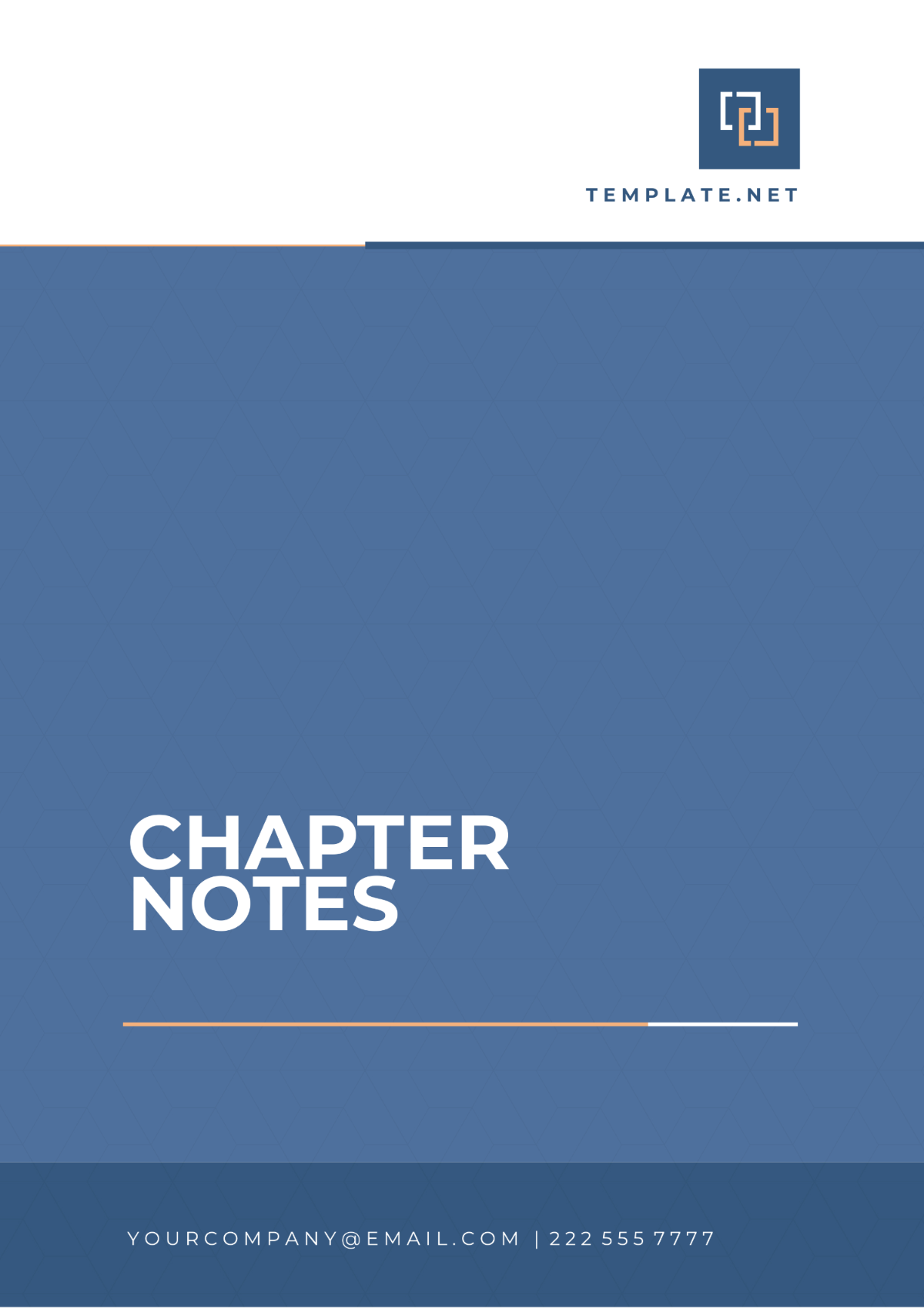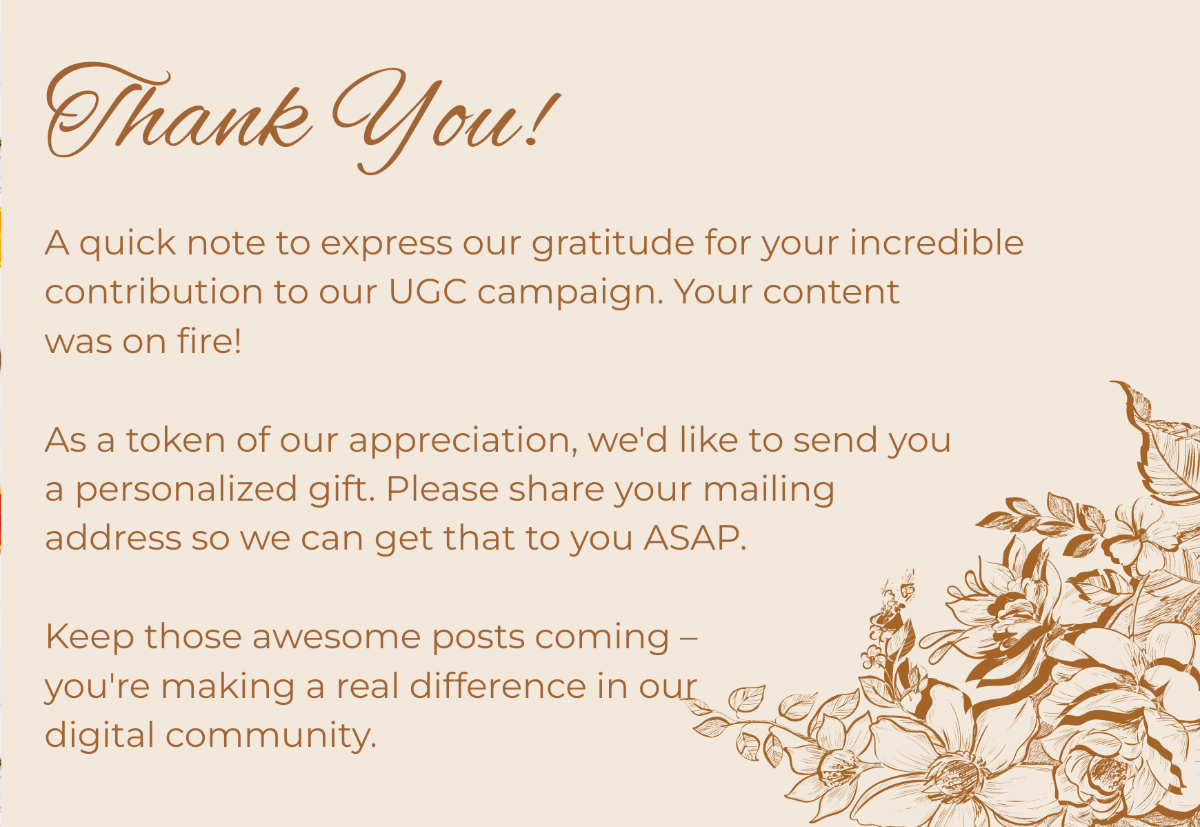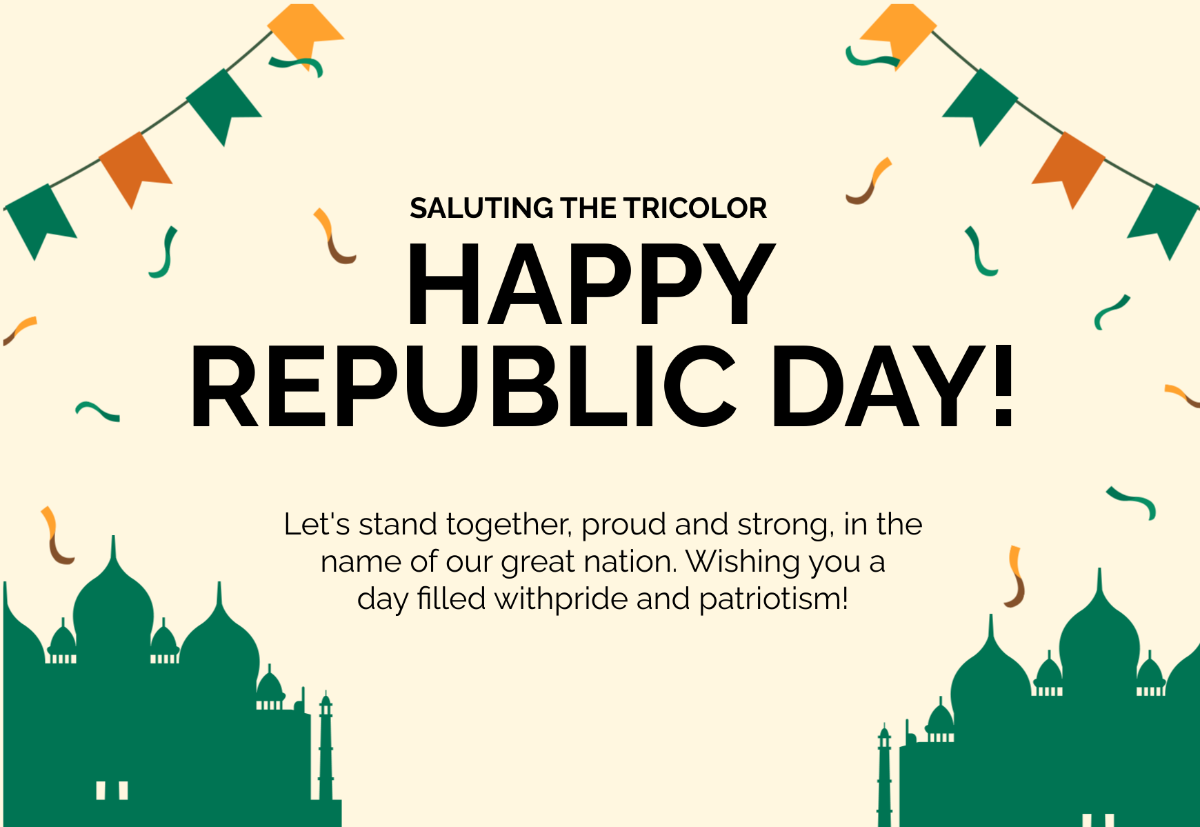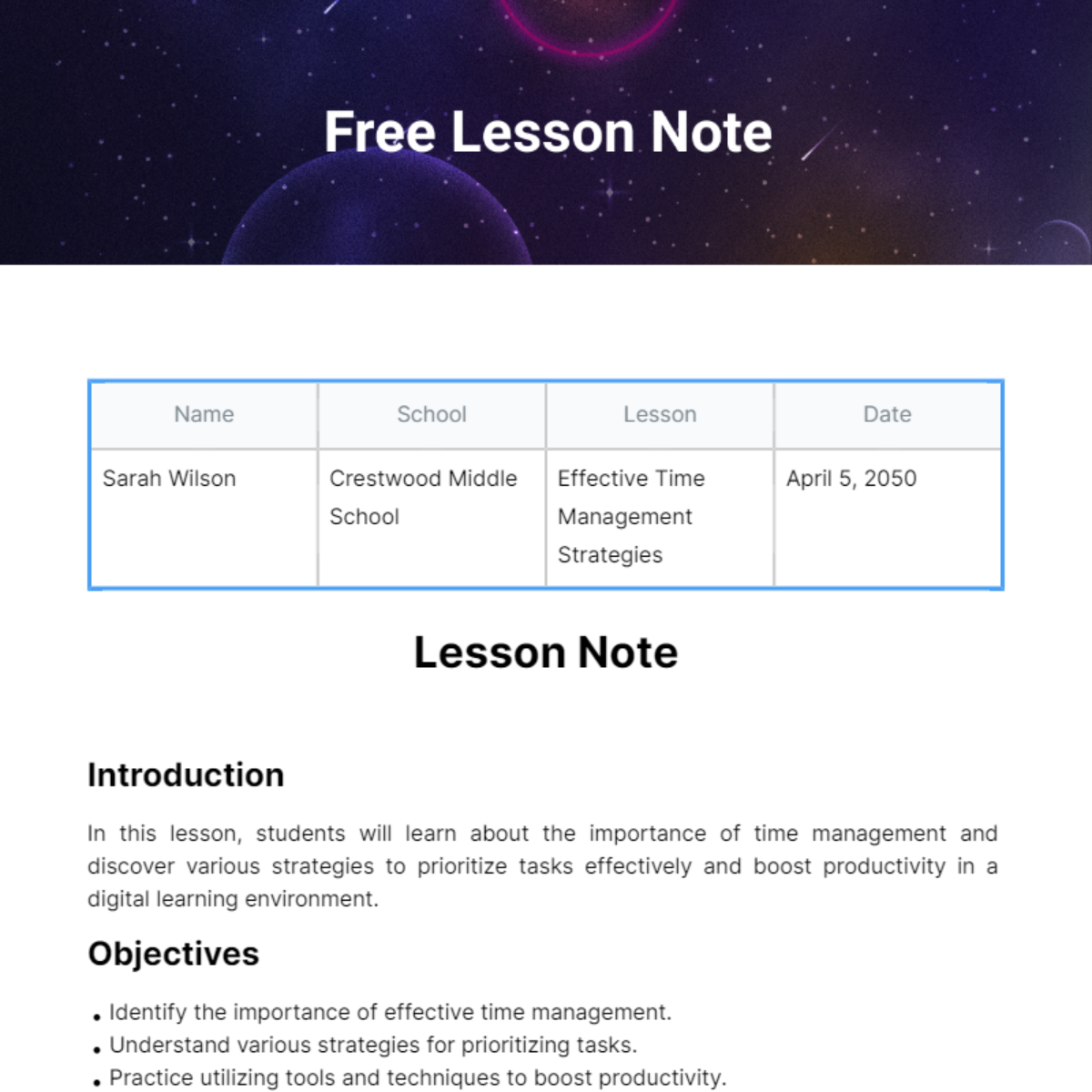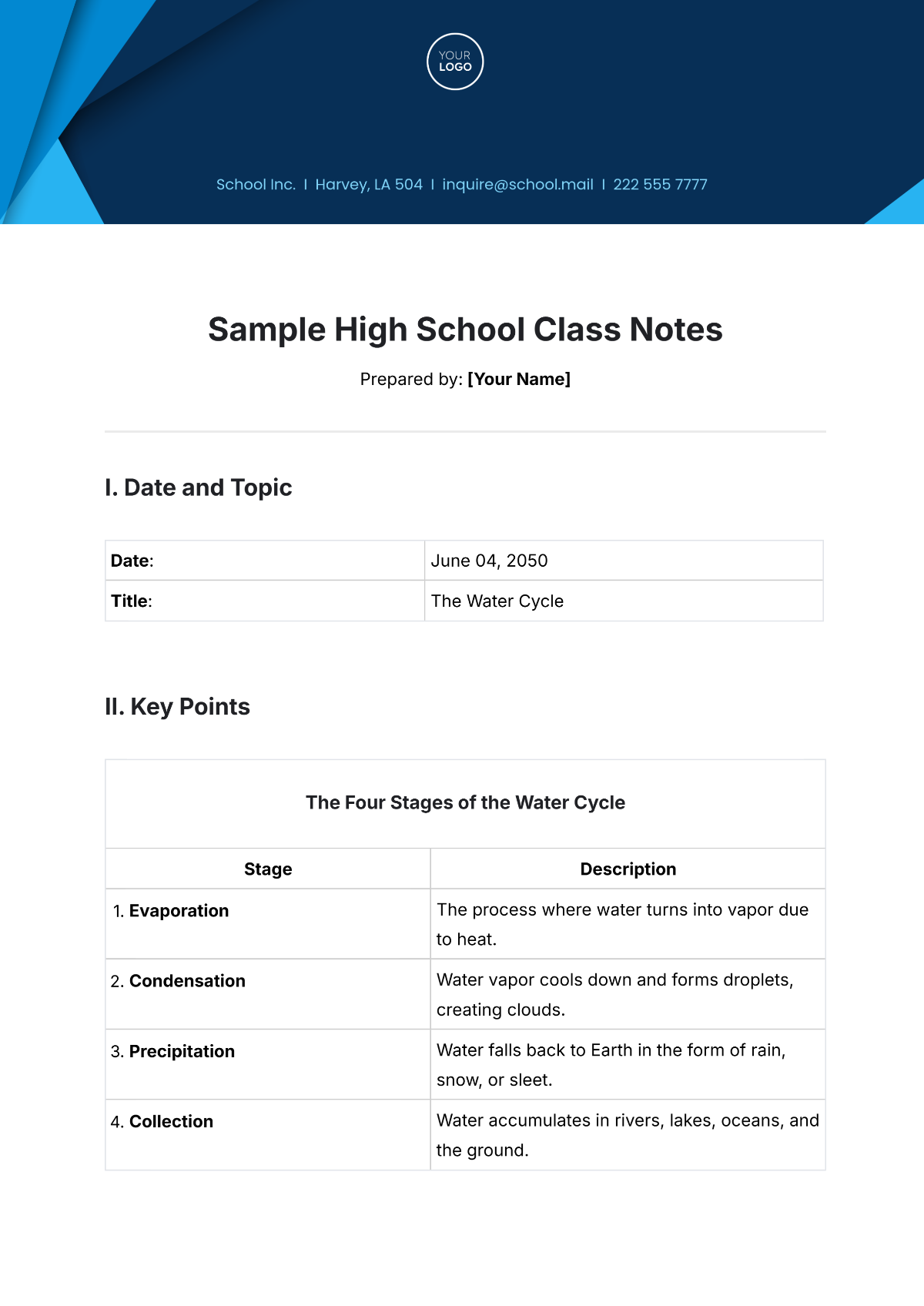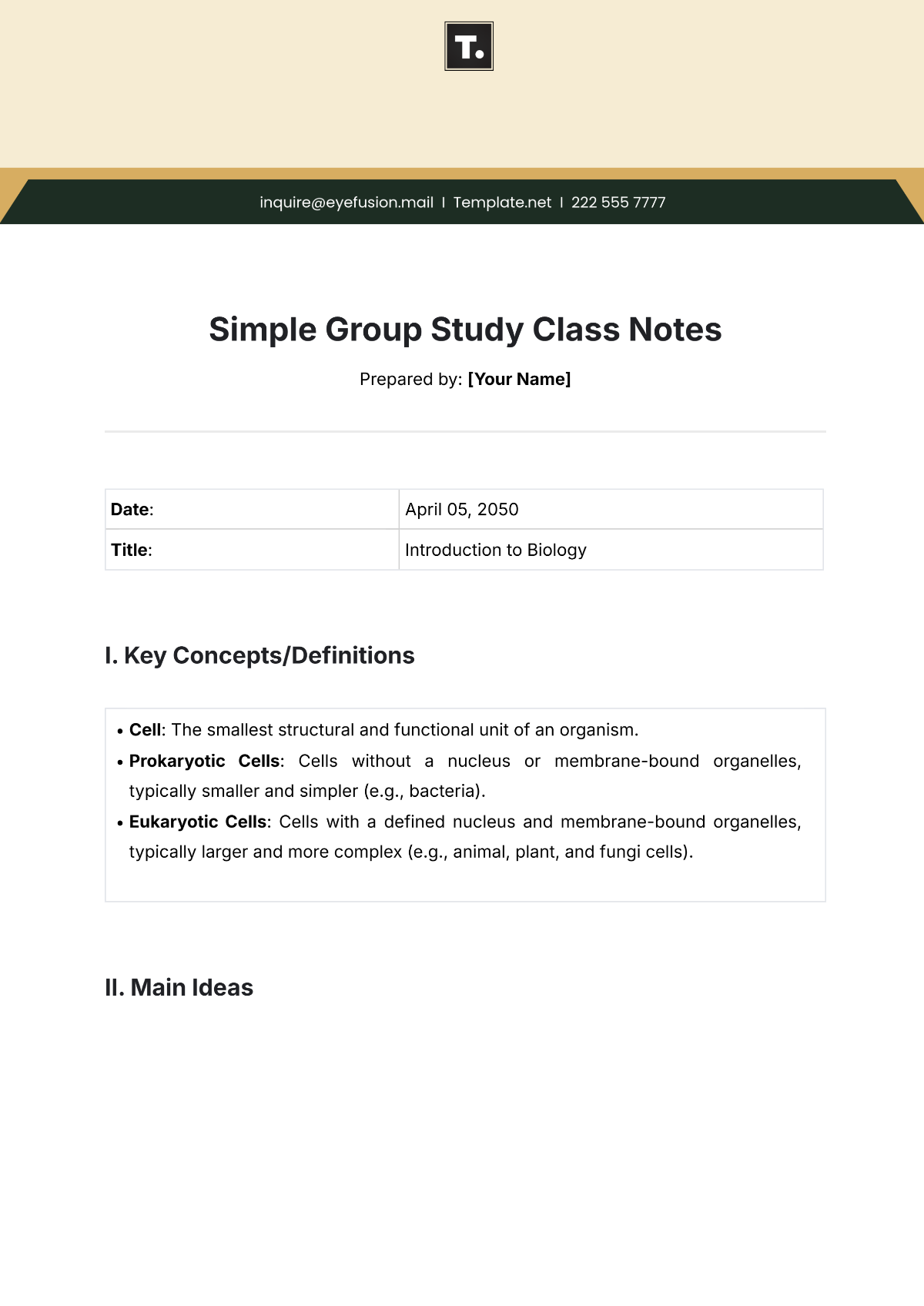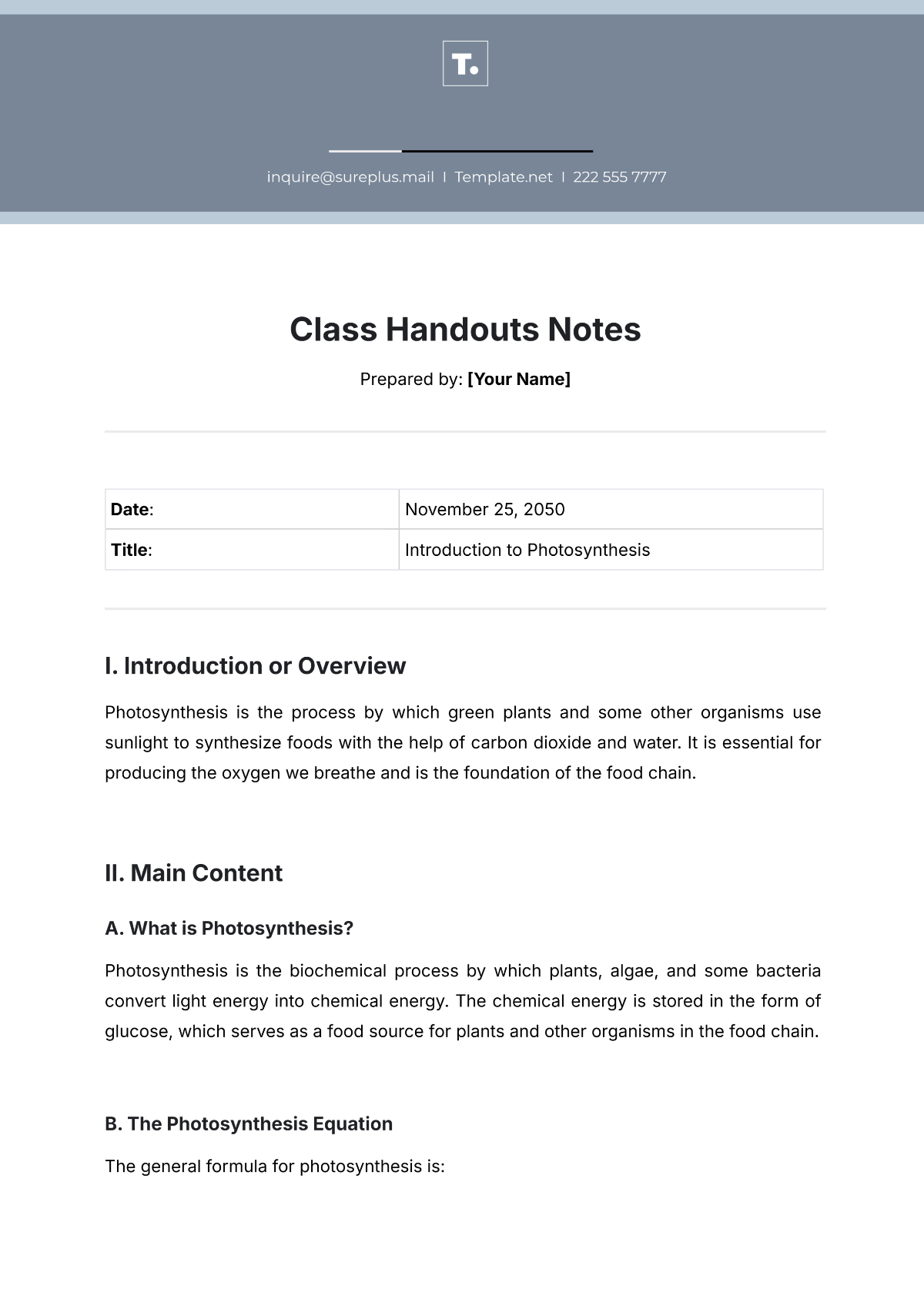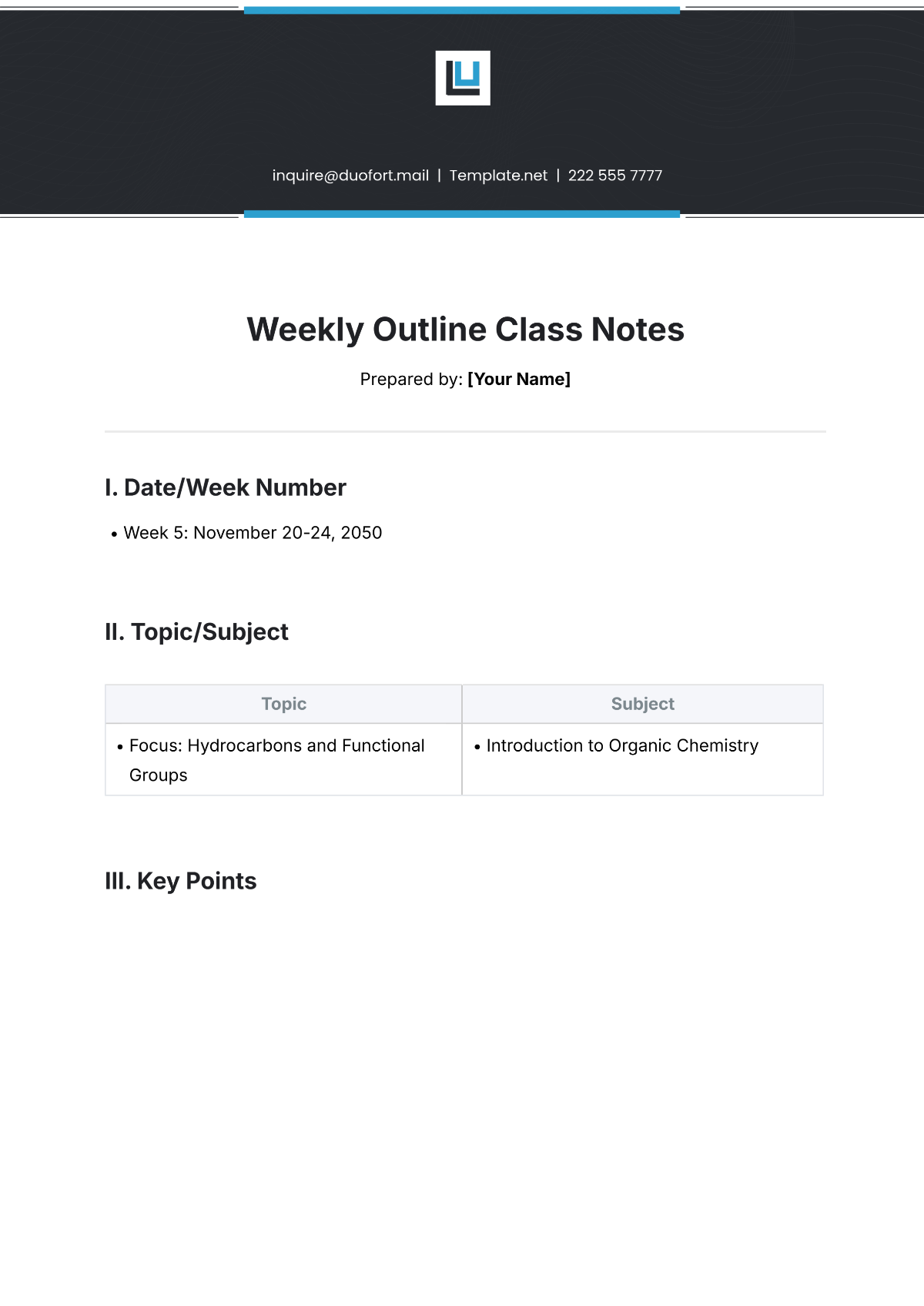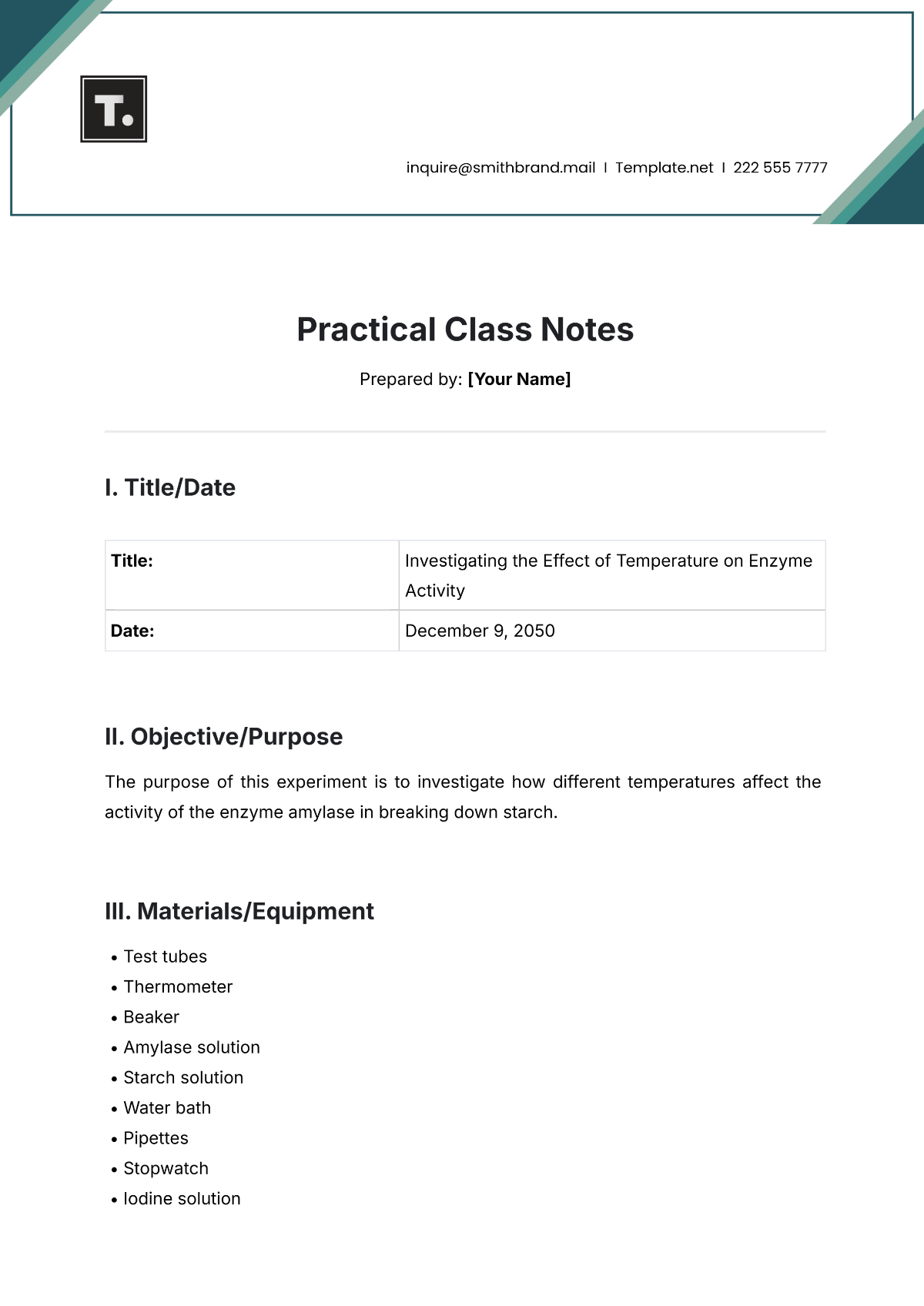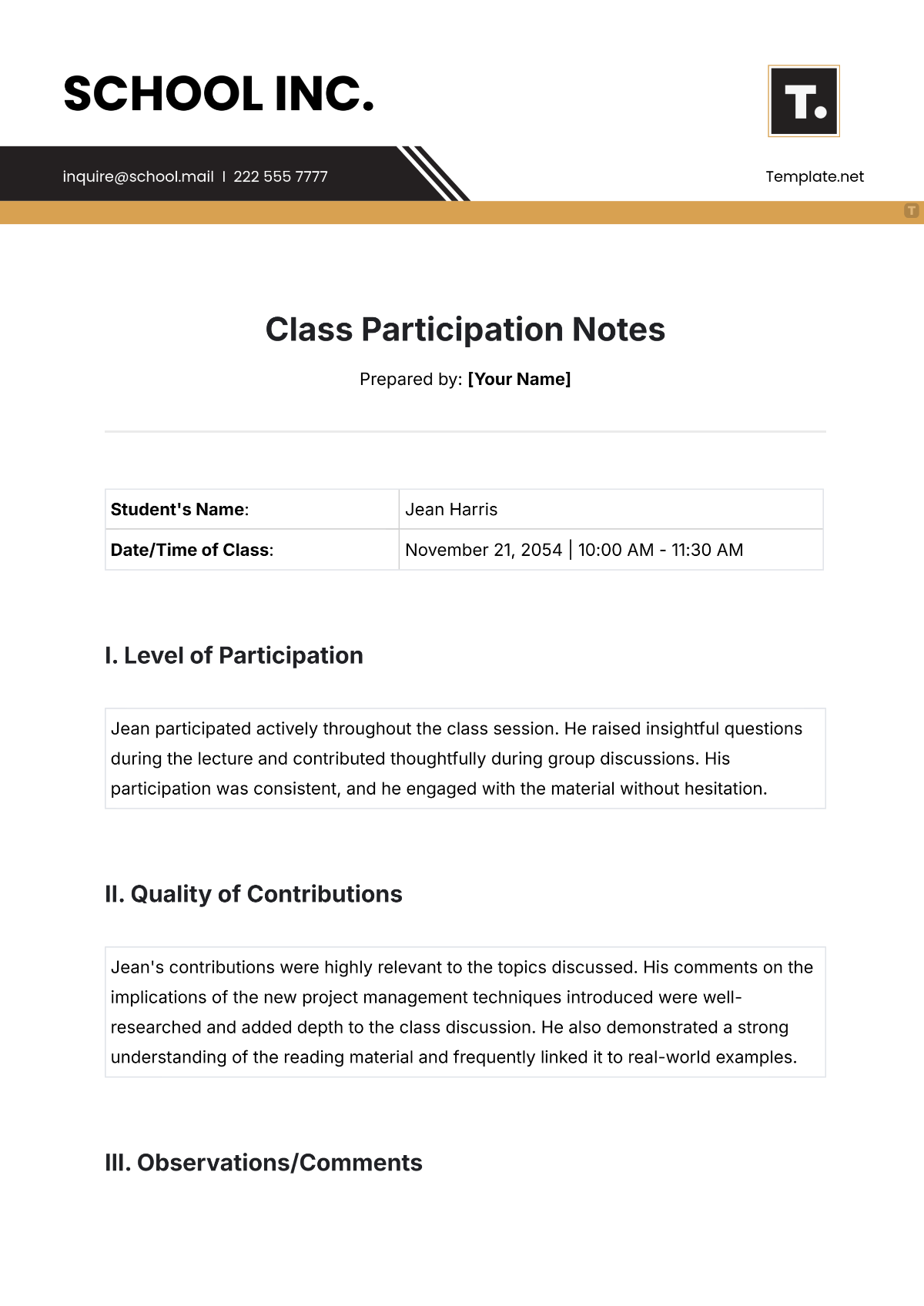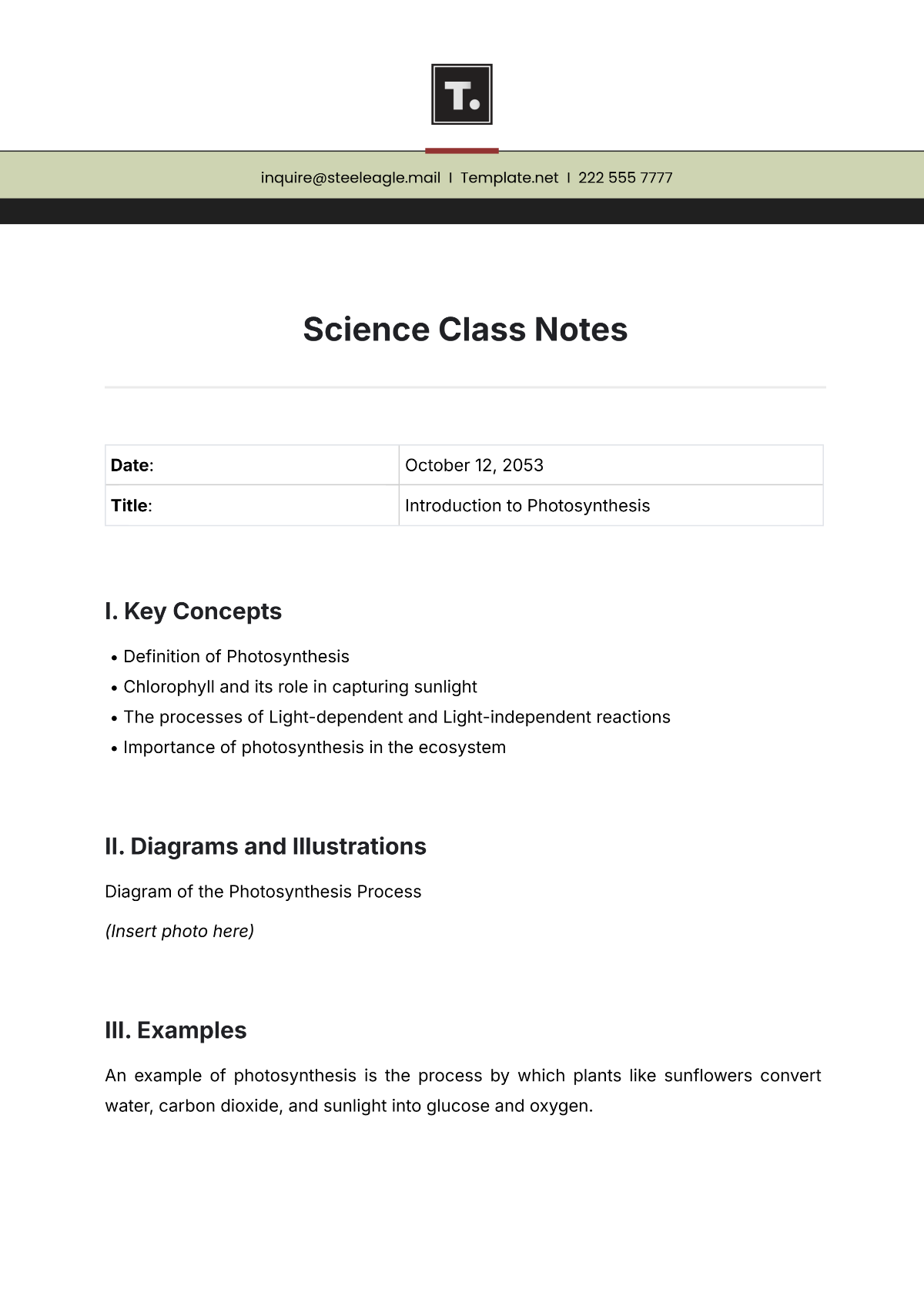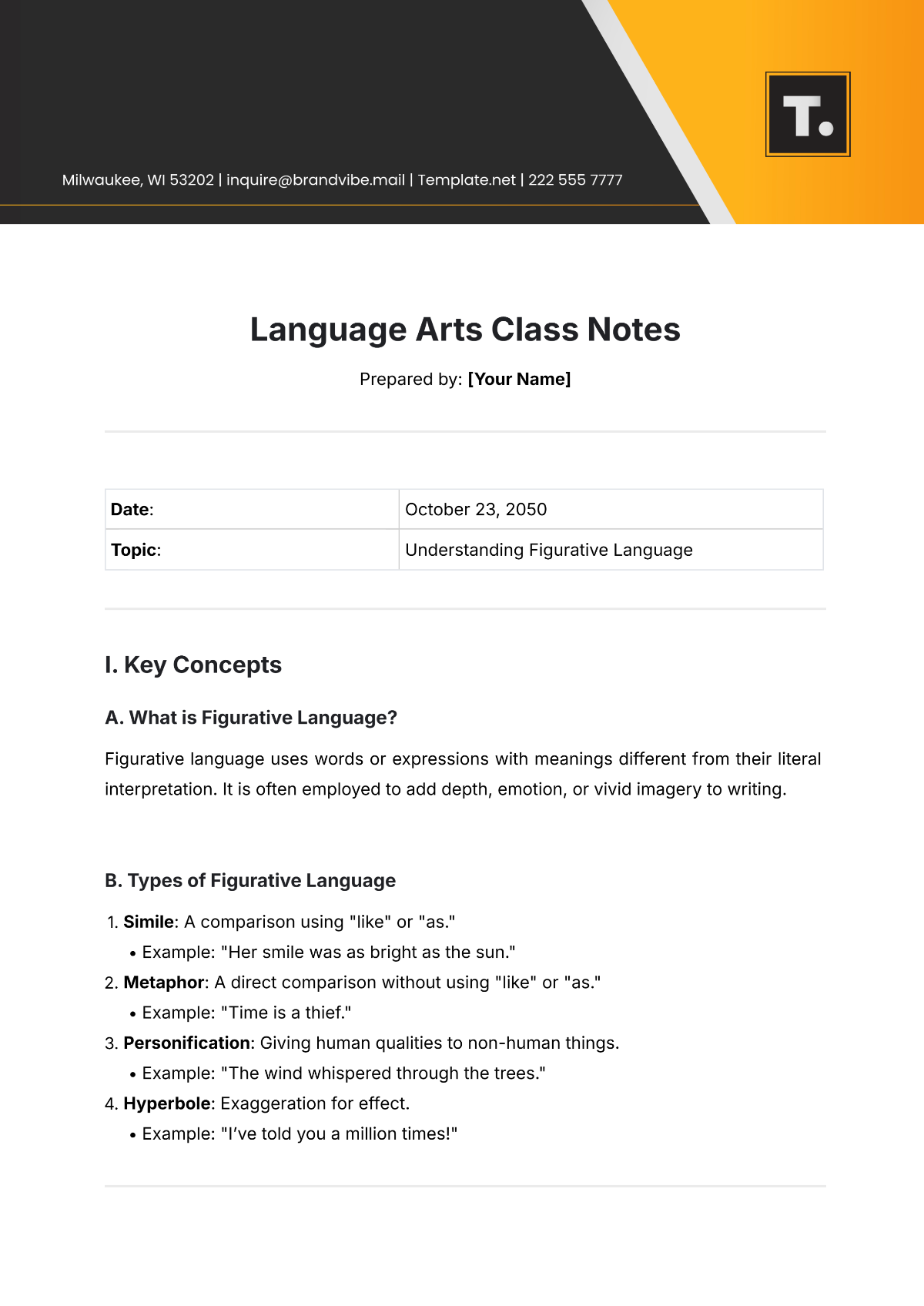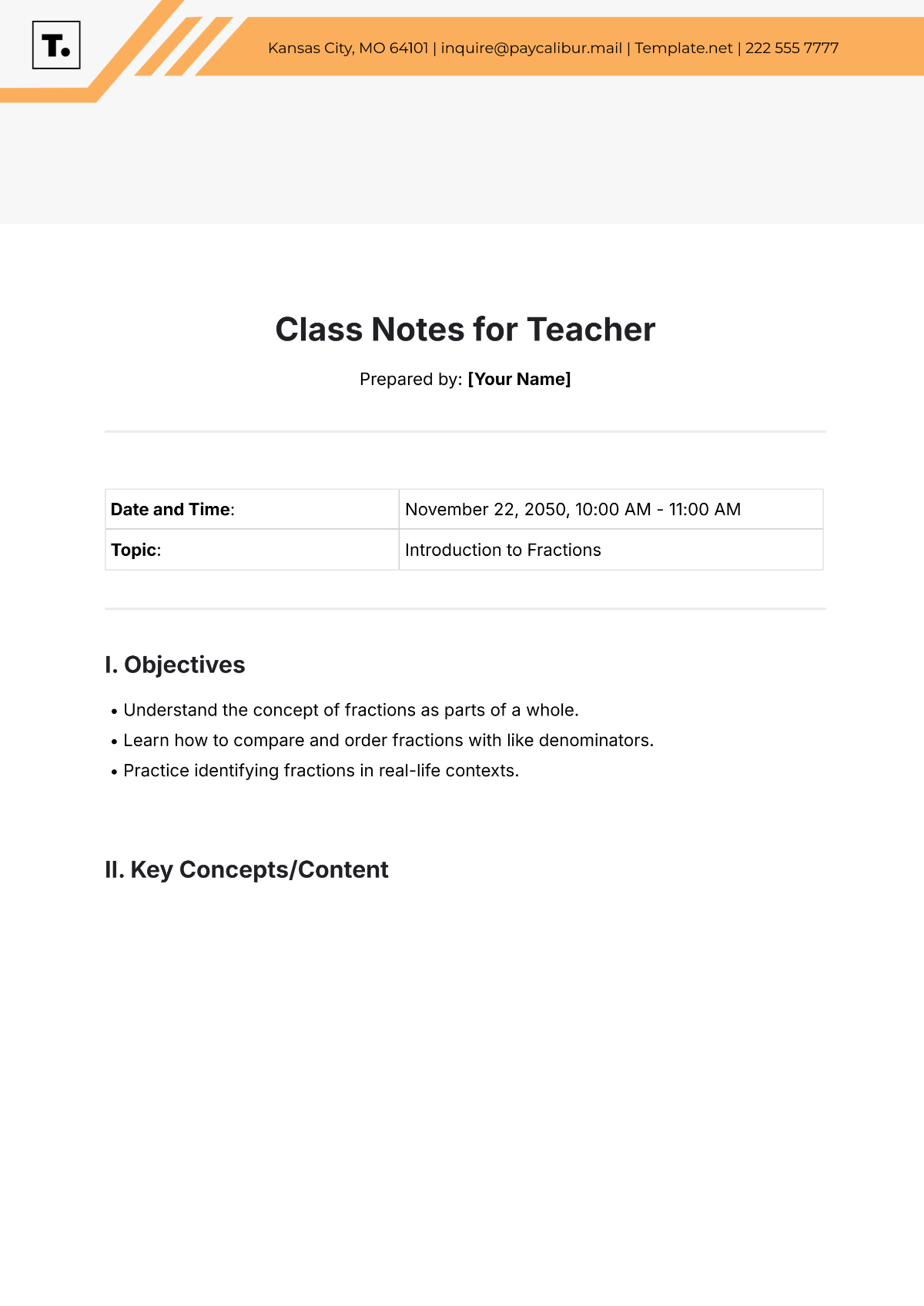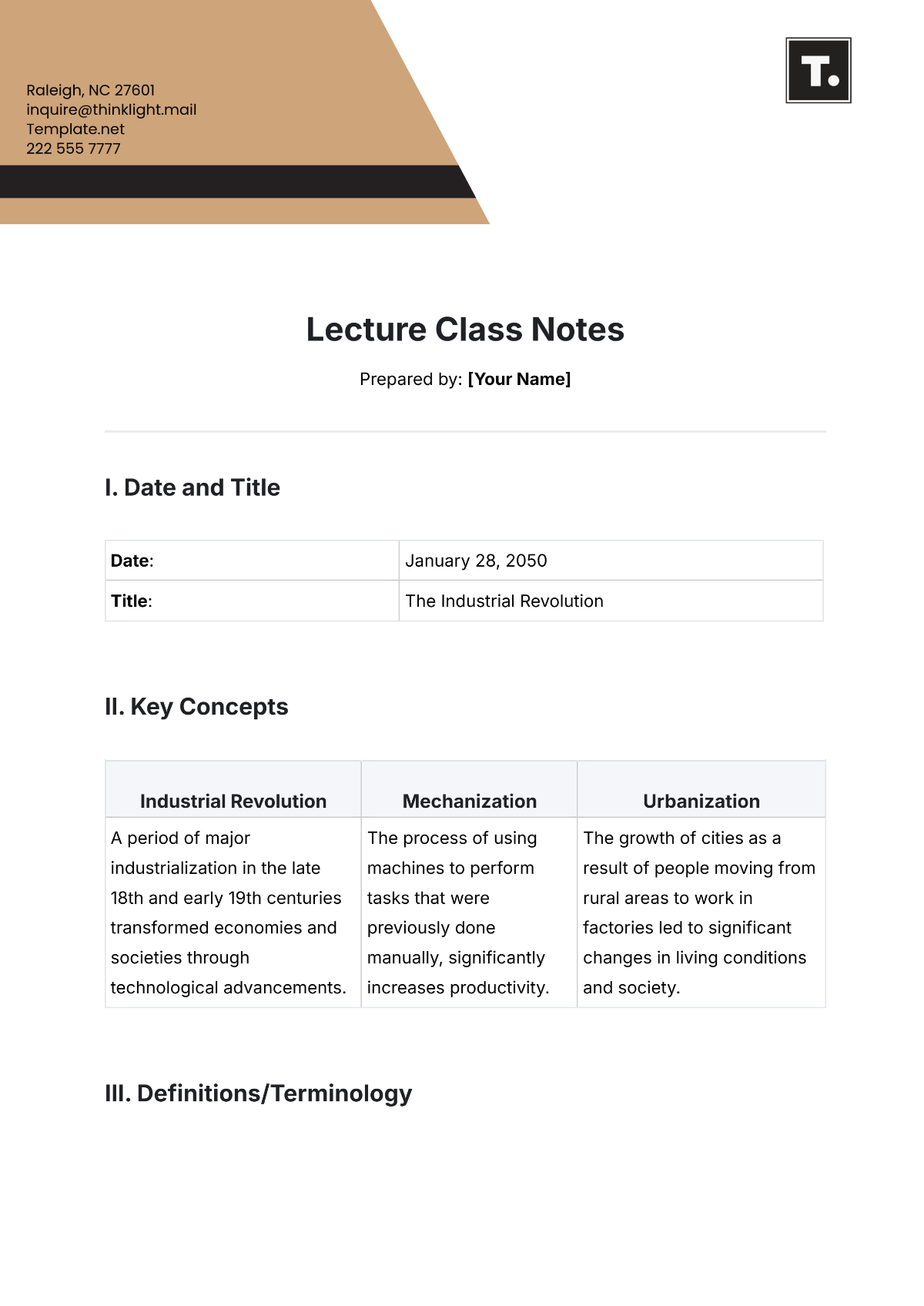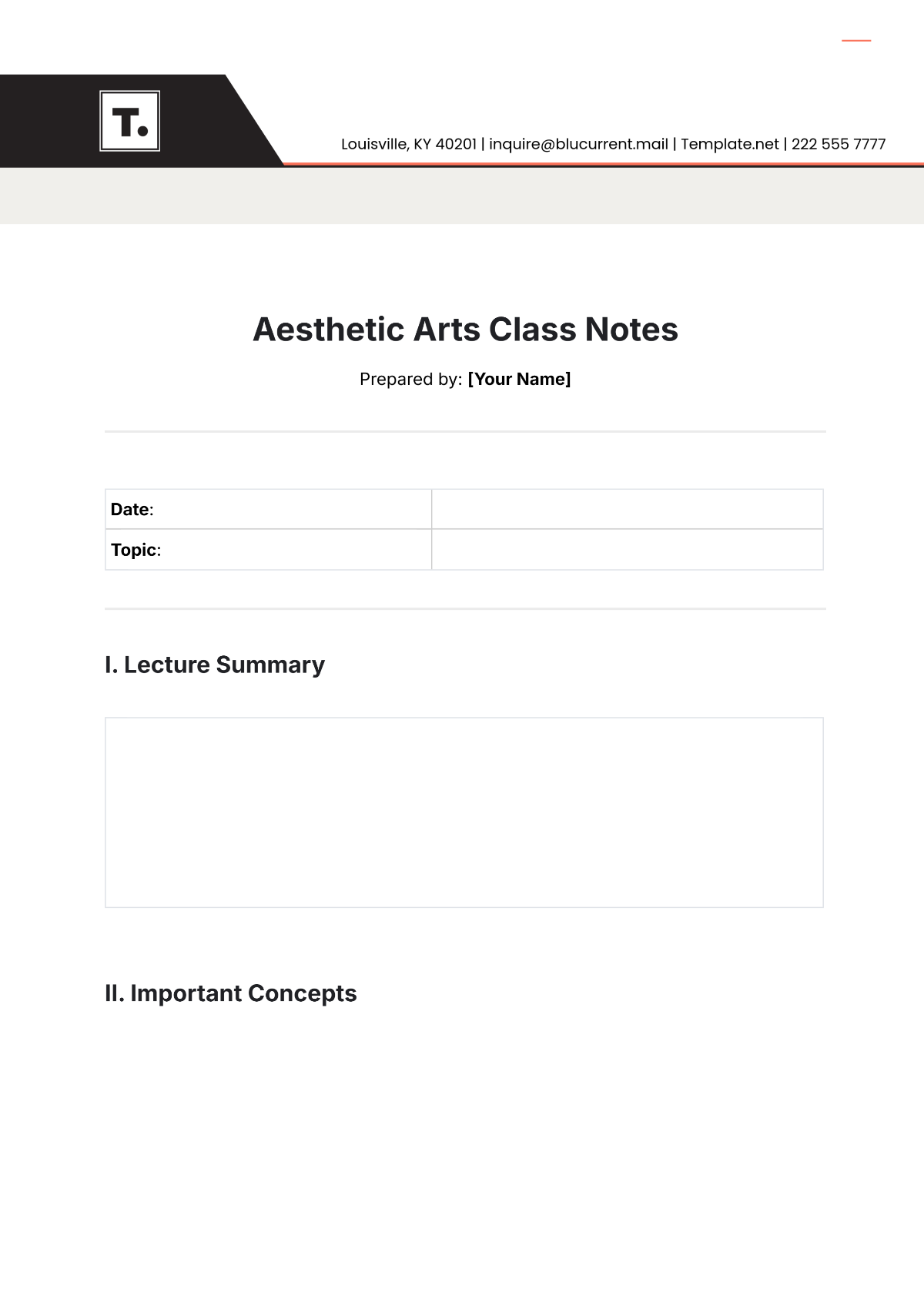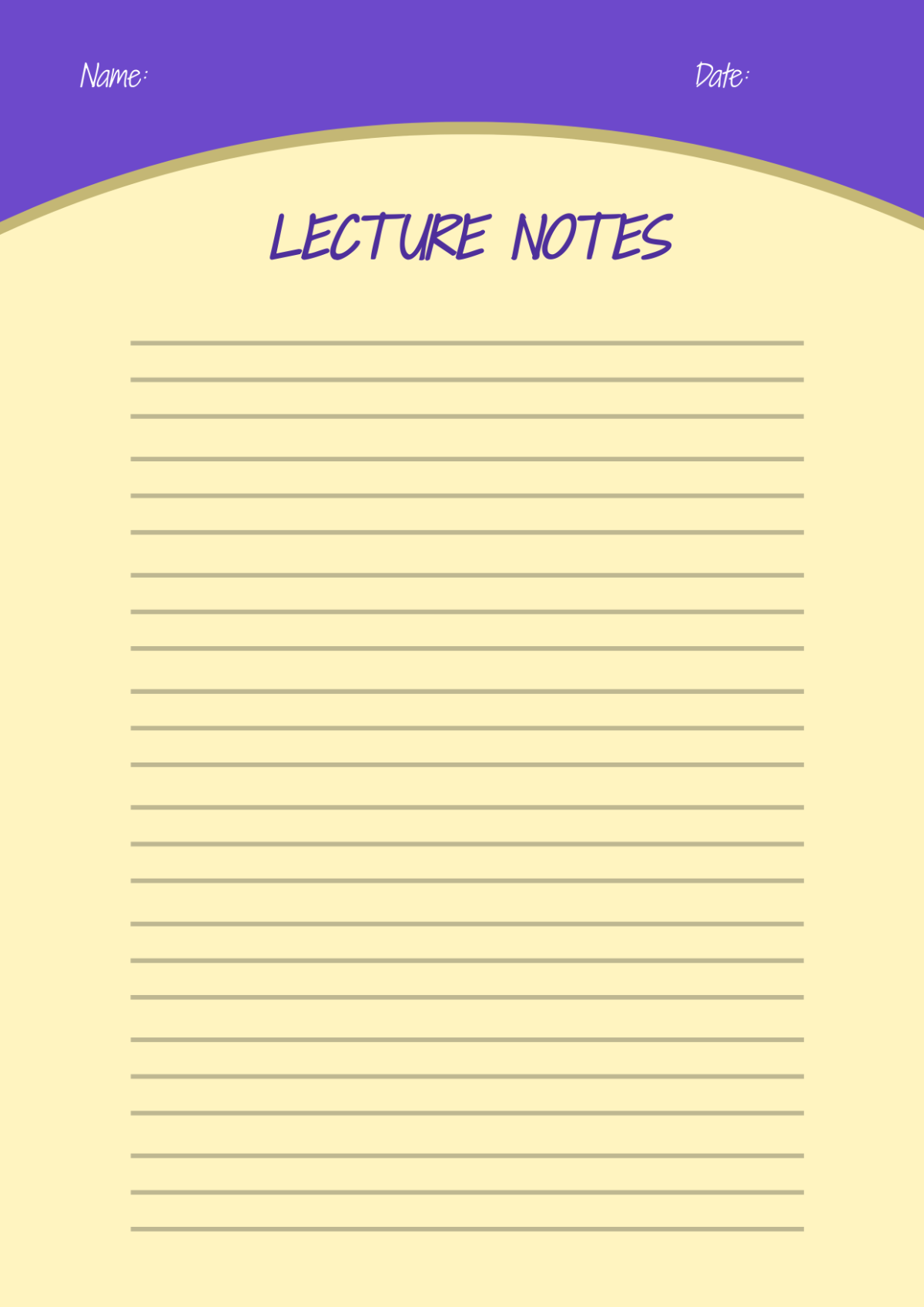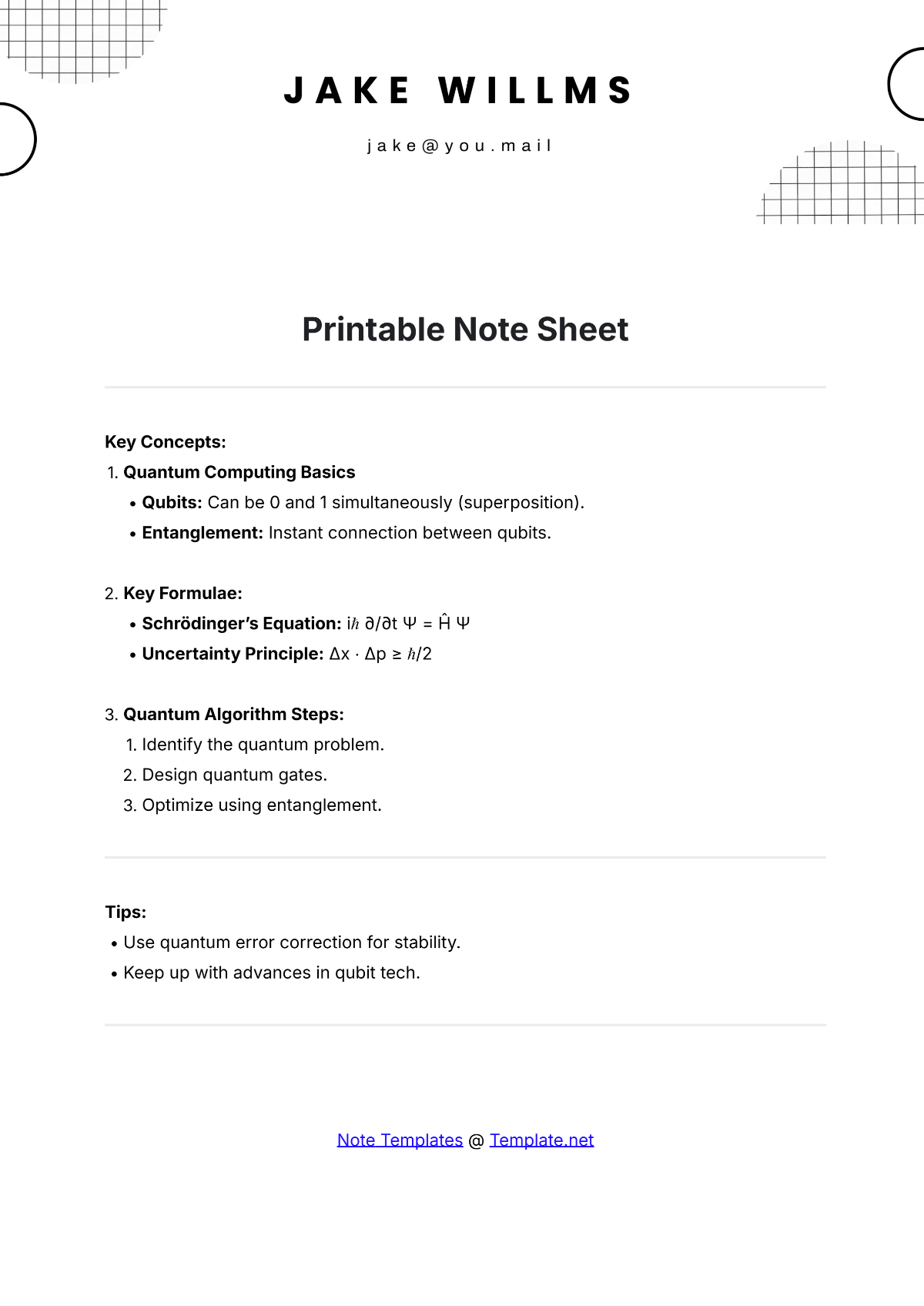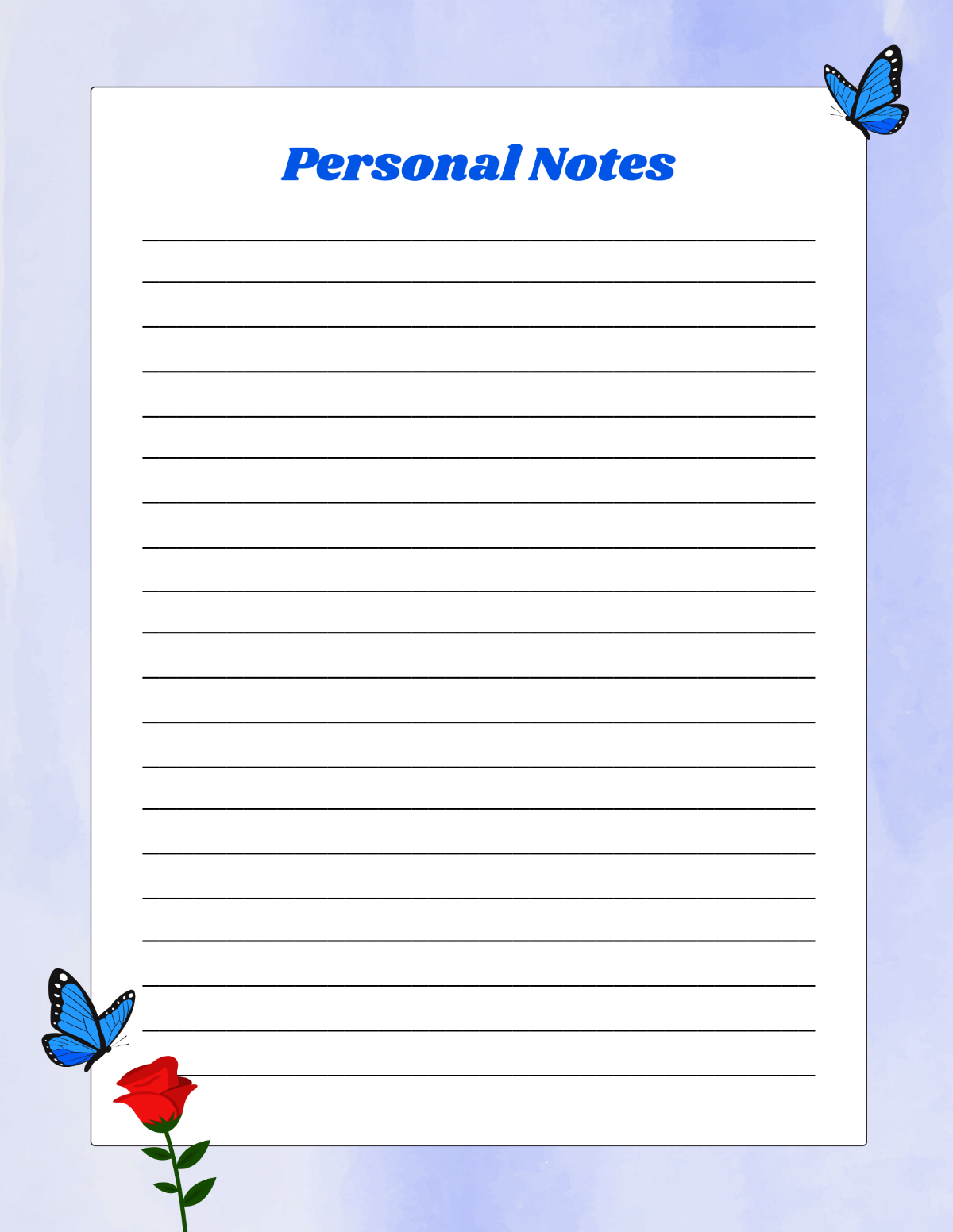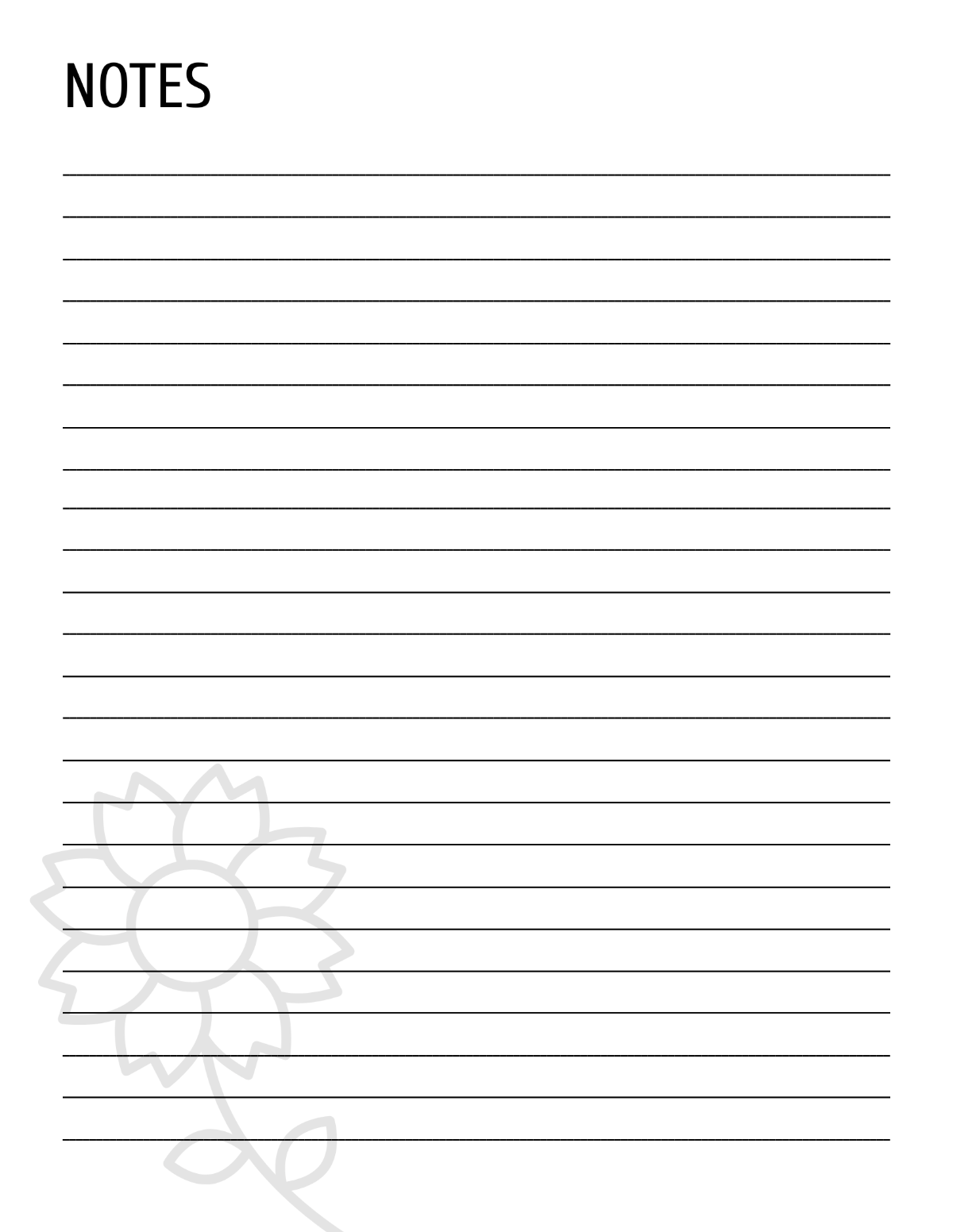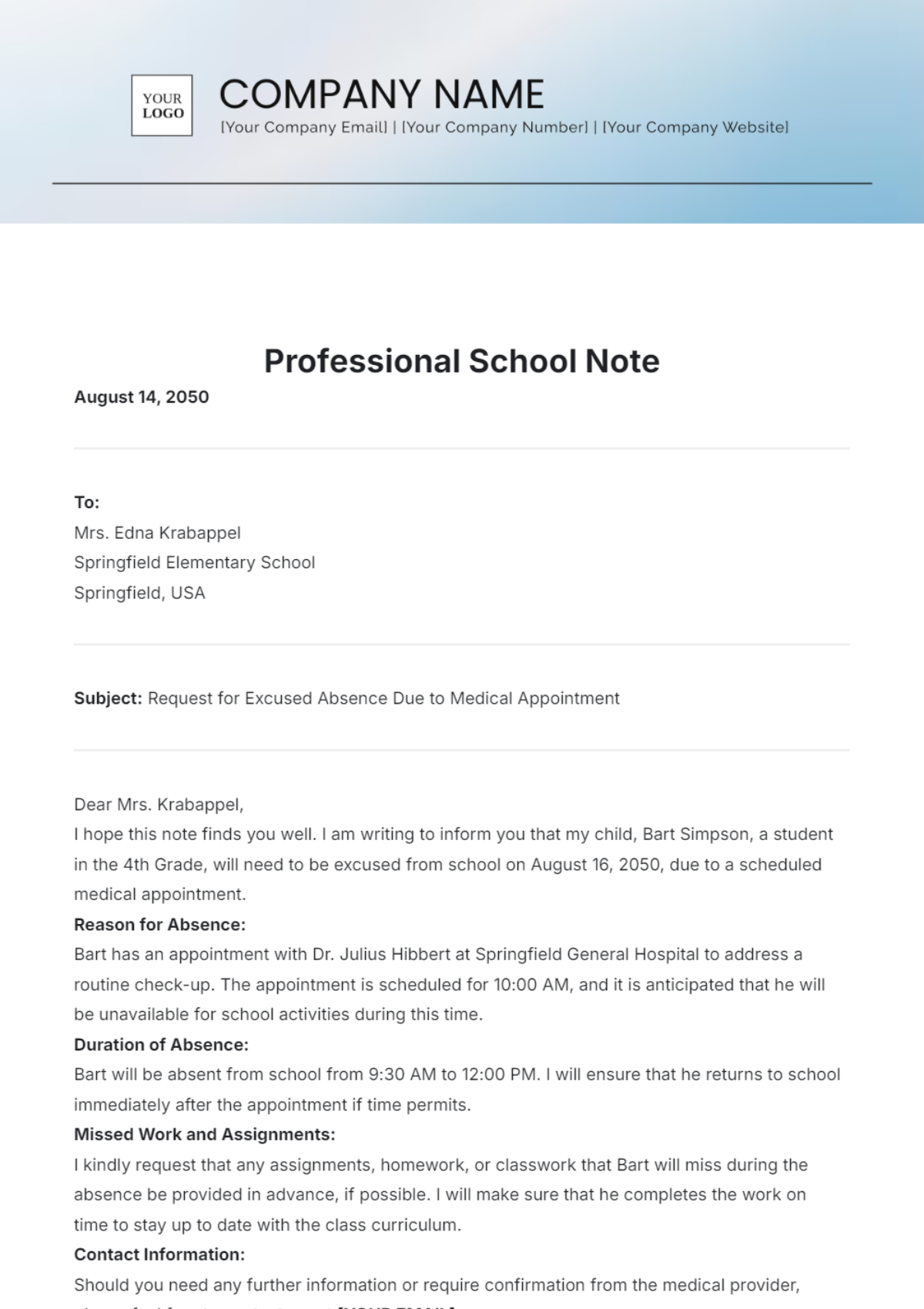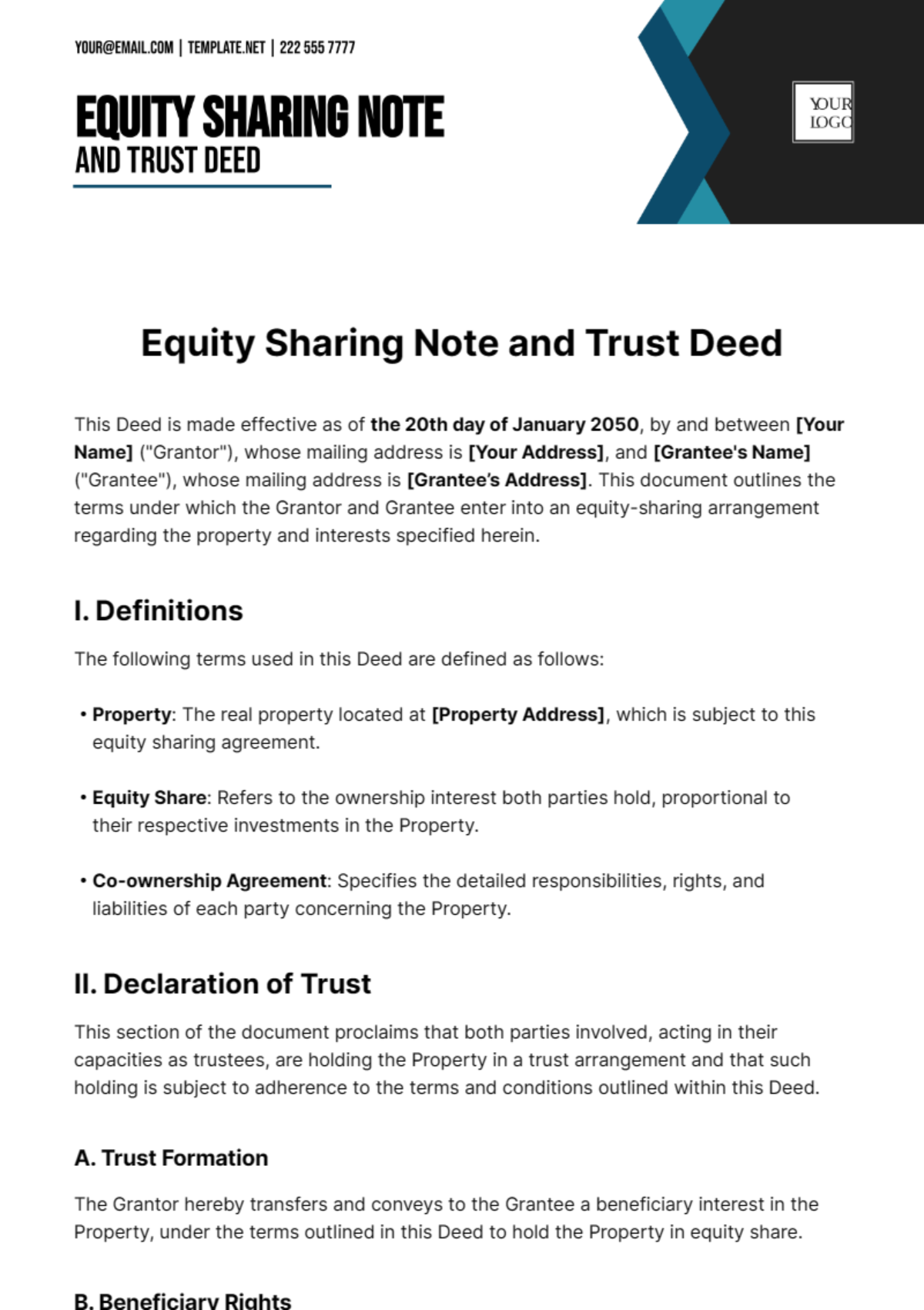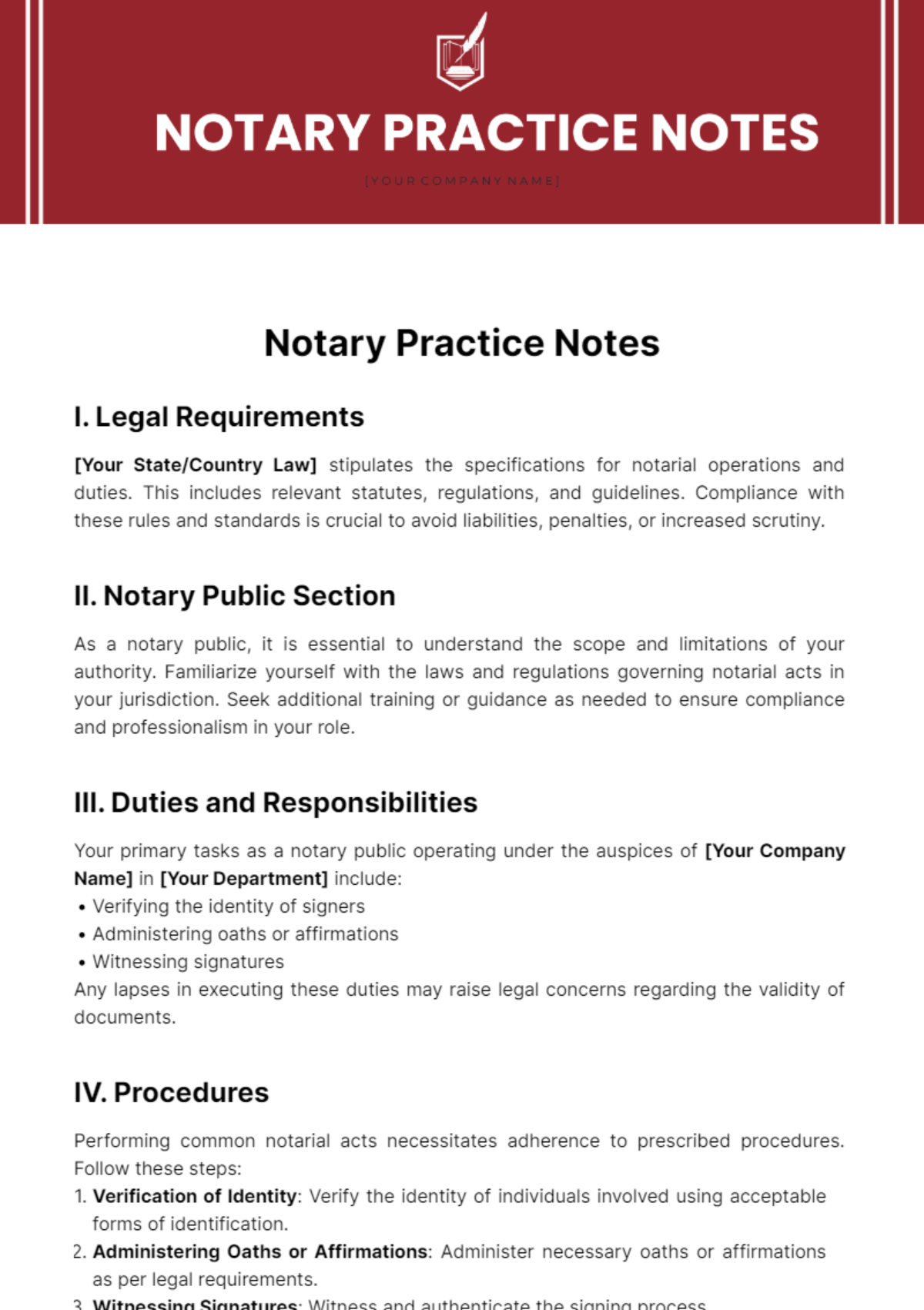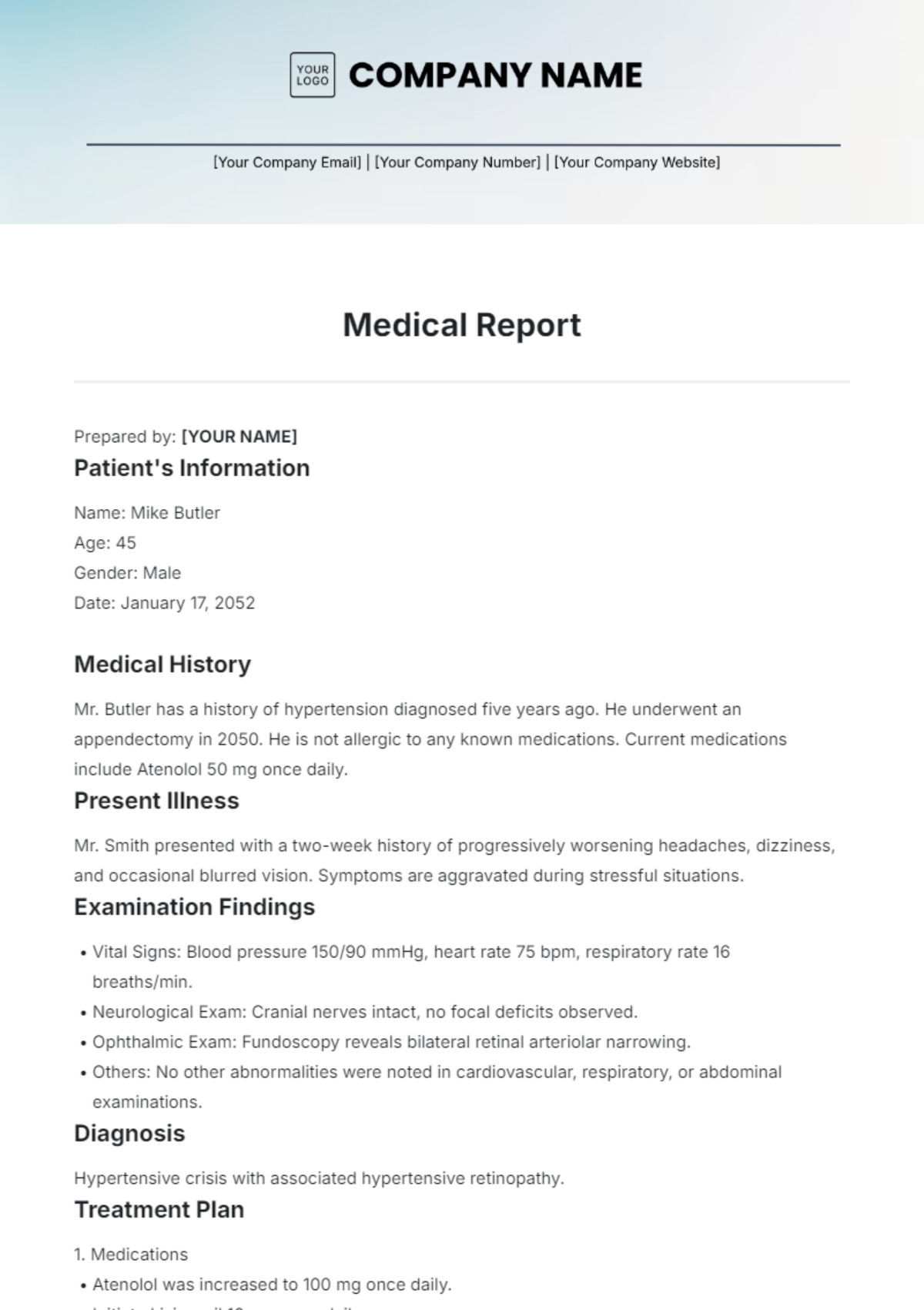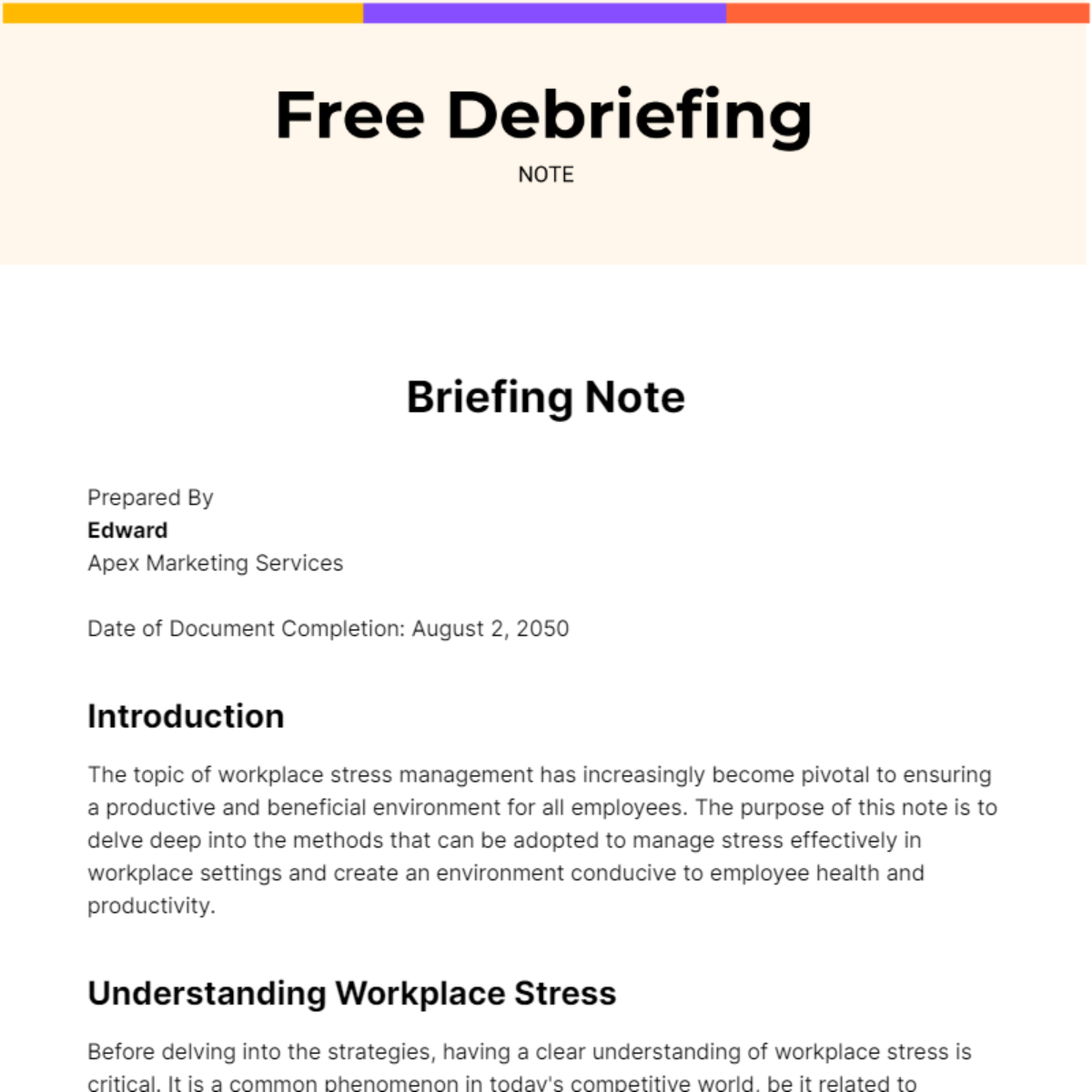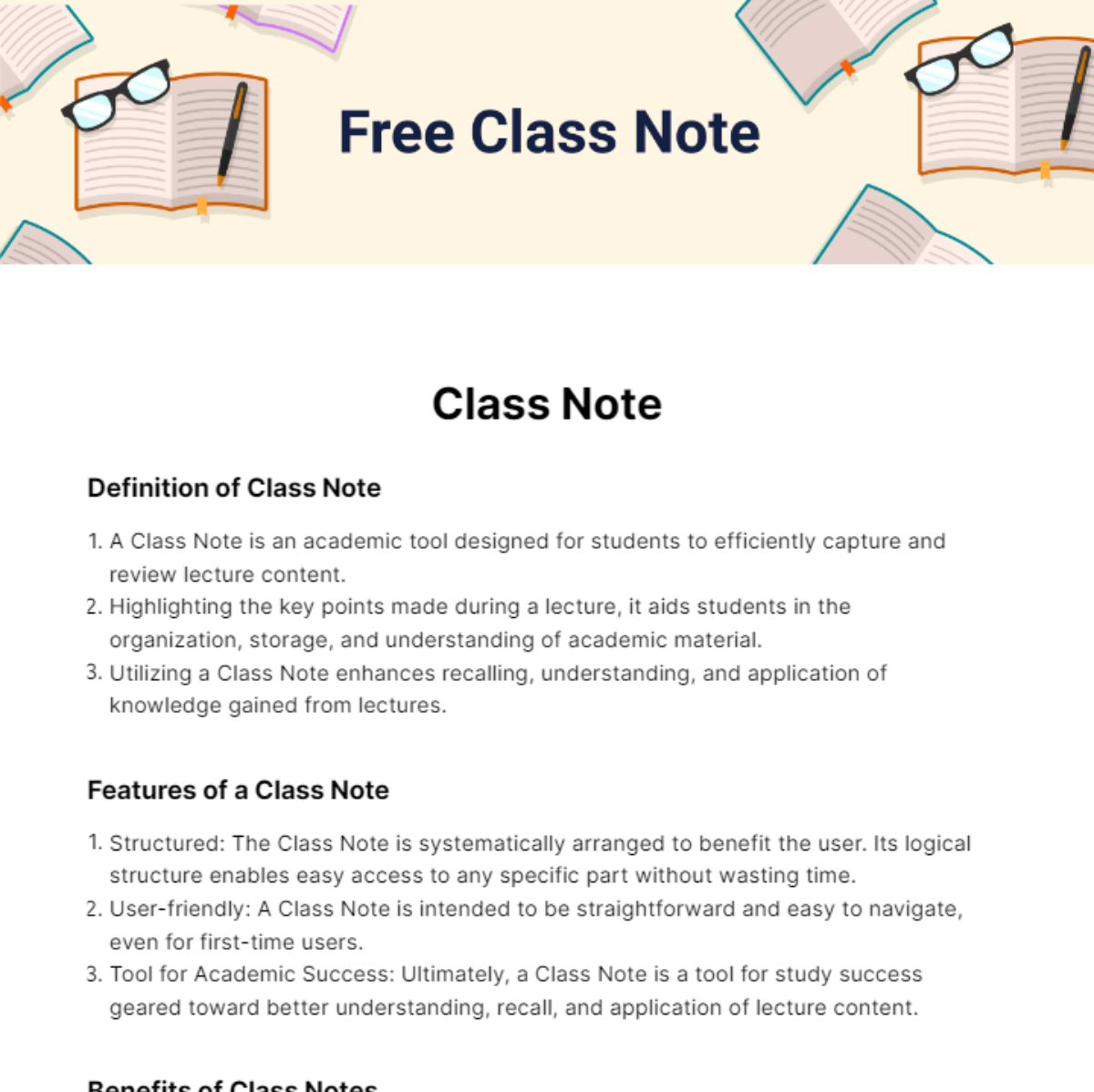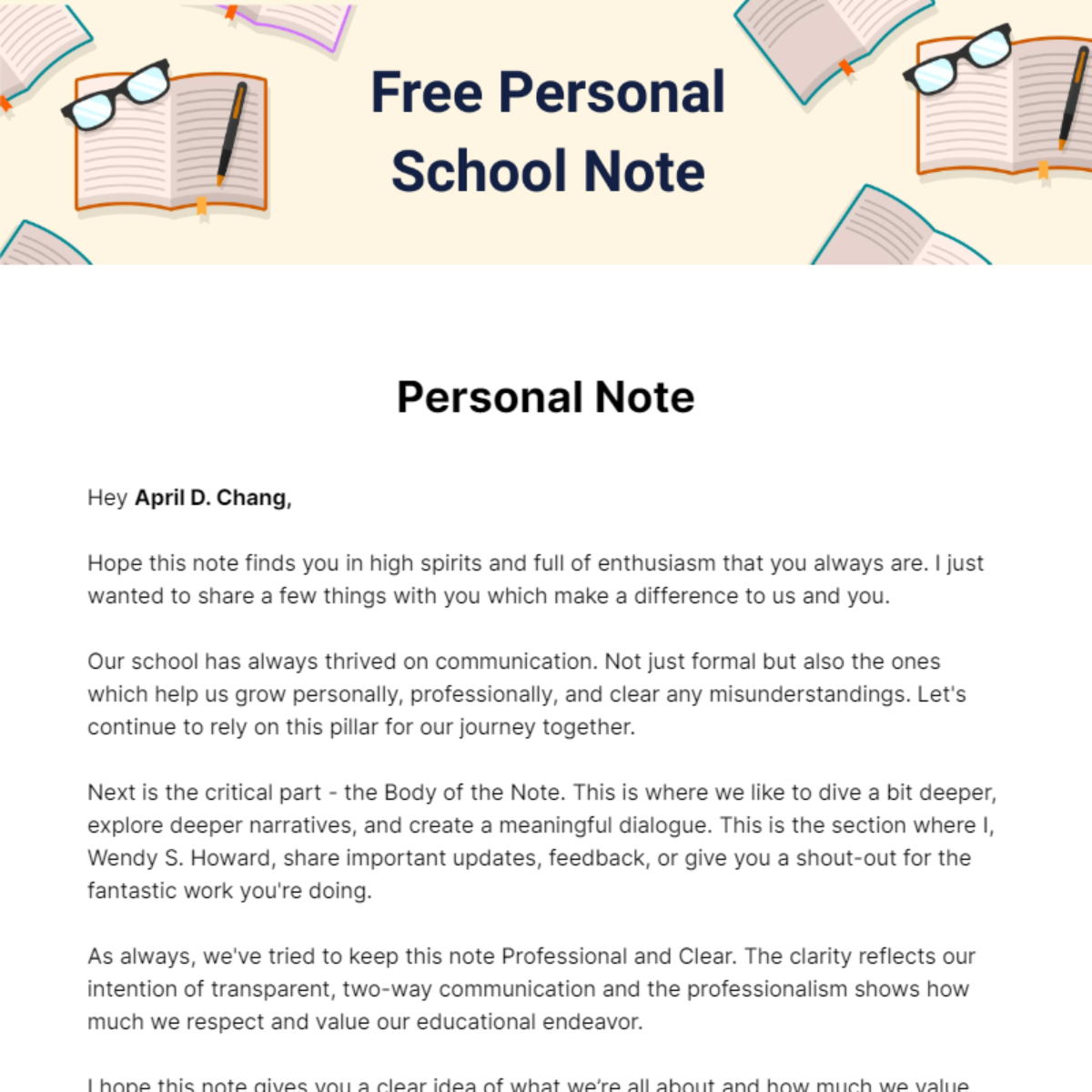Chapter Notes
I. Introduction
In this section, provide an overview of the chapter's content and objectives. [YOUR NAME], the Director of Innovation at [YOUR COMPANY NAME], encourages a concise summary to orient readers and establish context. Highlight key themes, topics, and any anticipated outcomes to guide the reader's focus throughout the chapter.
Emphasize the significance of the chapter within the broader scope of [YOUR COMPANY NAME]'s initiatives.
Provide brief insights into the chapter's relevance and potential impact on ongoing projects or strategies.
II. Key Concepts
This section delves into the core concepts covered in the chapter, offering a deeper understanding of essential principles. [YOUR NAME] advises structuring this section with clarity and coherence, utilizing bullet points or numbered lists to organize key ideas effectively.
Renewable Energy Integration: Explore the importance of integrating renewable energy sources into existing systems. Case studies such as the SolarCity initiative highlight the benefits and scalability of this approach. Practical tips include evaluating energy needs and selecting appropriate renewable sources.
Circular Economy Models: Examine the concept of circular economy and its connection to sustainability. Challenges such as waste management and resource recovery are discussed, with suggestions for overcoming common misconceptions. Reflect on how these models might be applied within your organization.
III. Methodologies
In this section, [YOUR NAME] will outline the methodologies and approaches used to address the topics covered in the chapter. Provide an overview of any research methods, analytical techniques, or theoretical frameworks utilized. Use numbered lists to present sequential steps or processes involved in the methodologies discussed.
Research Methodology: Describe the methodology employed for gathering relevant data or conducting experiments.
Analytical Techniques: Discuss the specific analytical tools or models utilized for data interpretation and analysis.
Theoretical Frameworks: Explain any theoretical frameworks or conceptual models guiding the analysis and interpretation of findings.
IV. Case Studies
This section presents real-world case studies or scenarios that exemplify the principles discussed in the chapter. [YOUR NAME] recommends incorporating diverse examples to cater to different learning styles and preferences.
Case Study 1: GreenTech Innovations: This case study highlights GreenTech’s success in integrating solar energy solutions into urban infrastructure. Key factors include innovative design and community engagement. Consider how similar approaches might be applied to your projects.
Case Study 2: EcoCycle Systems: Focuses on EcoCycle’s implementation of circular economy principles in manufacturing. Lessons include effective waste reduction and resource reuse strategies. Reflect on how these insights could inform your own sustainability efforts.
V. Practical Applications
In this section, translate theoretical concepts into actionable strategies and recommendations for implementation. [YOUR NAME] underscores the importance of providing practical guidance to empower readers to apply their newfound knowledge effectively.
Implementation Strategy for Renewable Energy: Start by assessing energy consumption and identifying suitable renewable options. Utilize tools like energy audits and pilot projects to test feasibility. Be aware of potential integration challenges and prepare mitigation strategies.
Applying Circular Economy Models: Develop a plan to incorporate circular practices into your operations. Examples include designing for recyclability and optimizing resource use. Adapt these strategies to fit your specific context and encourage experimentation.
VI. Conclusion
Conclude the chapter by summarizing key takeaways and reinforcing the chapter's objectives. [YOUR NAME] advises revisiting the introduction to ensure alignment between the initial goals and the content covered.
Recap the main concepts and insights discussed throughout the chapter.
Invite readers to reflect on their learning experience and identify actionable steps for further exploration or application.
Express gratitude for the reader's engagement and encourage continued participation in [YOUR COMPANY NAME]'s knowledge-sharing initiatives.
Name | Company Name | Department | Date |
|---|---|---|---|
[YOUR NAME] | [YOUR COMPANY NAME] | Innovation Department | September 5, 2050 |

